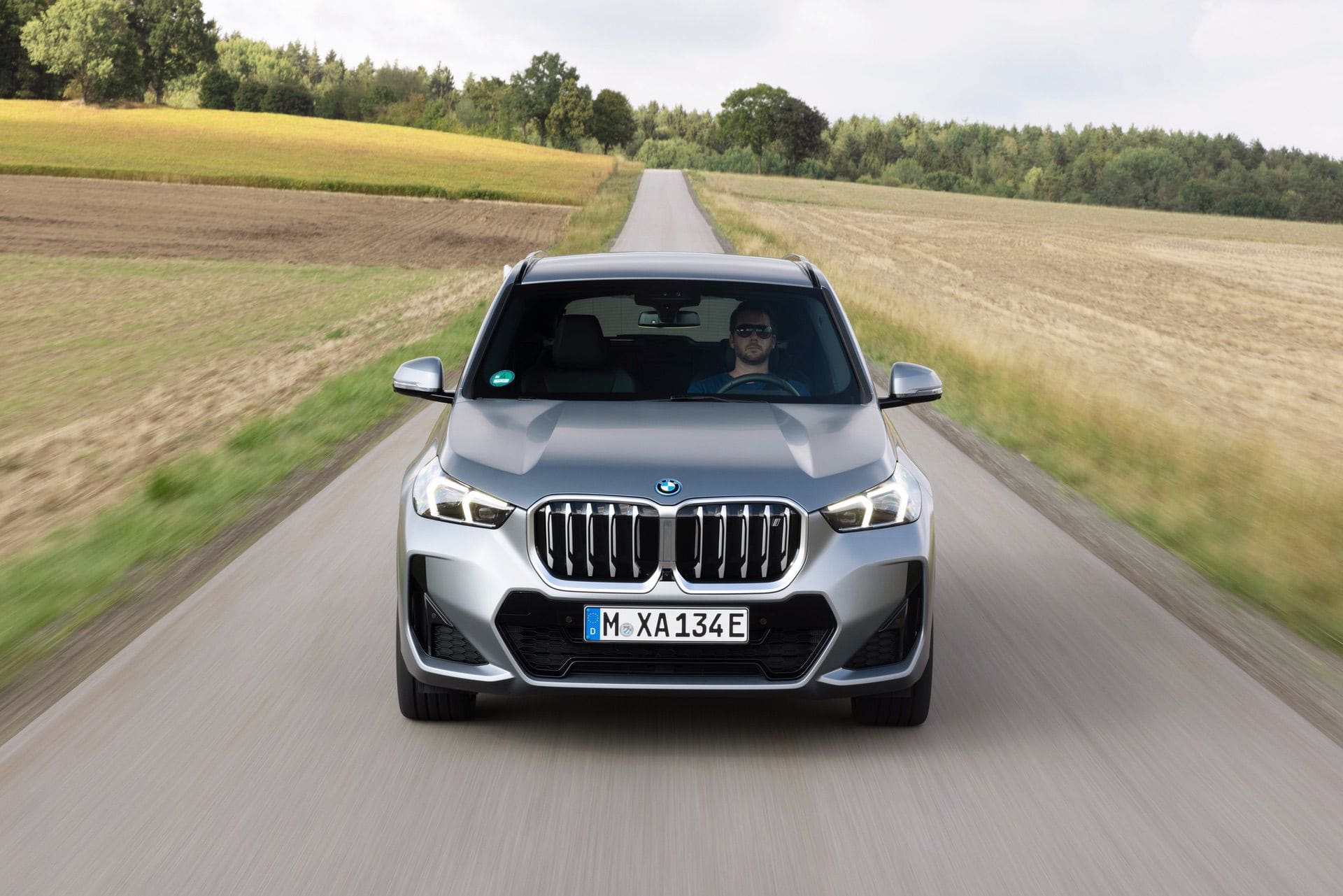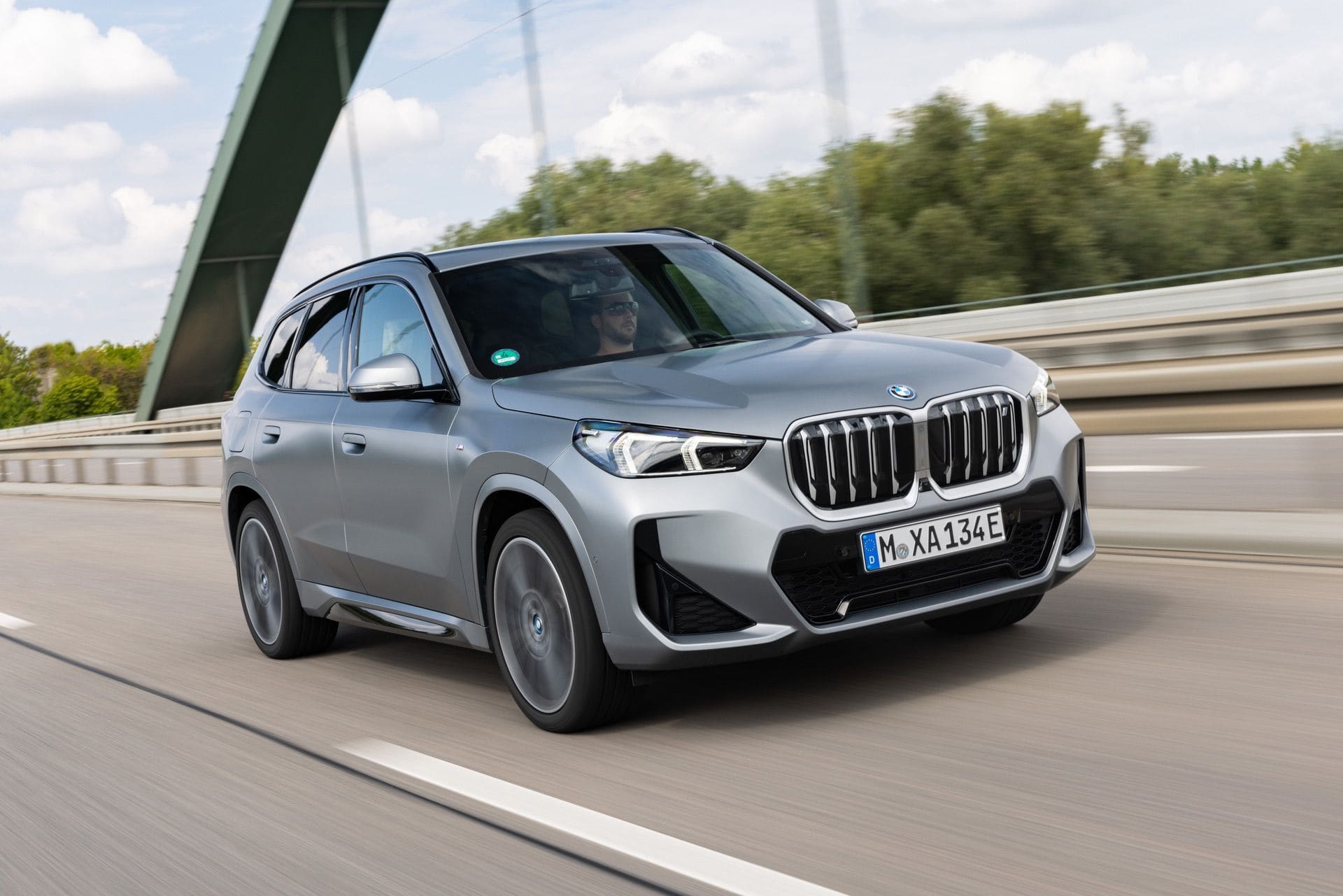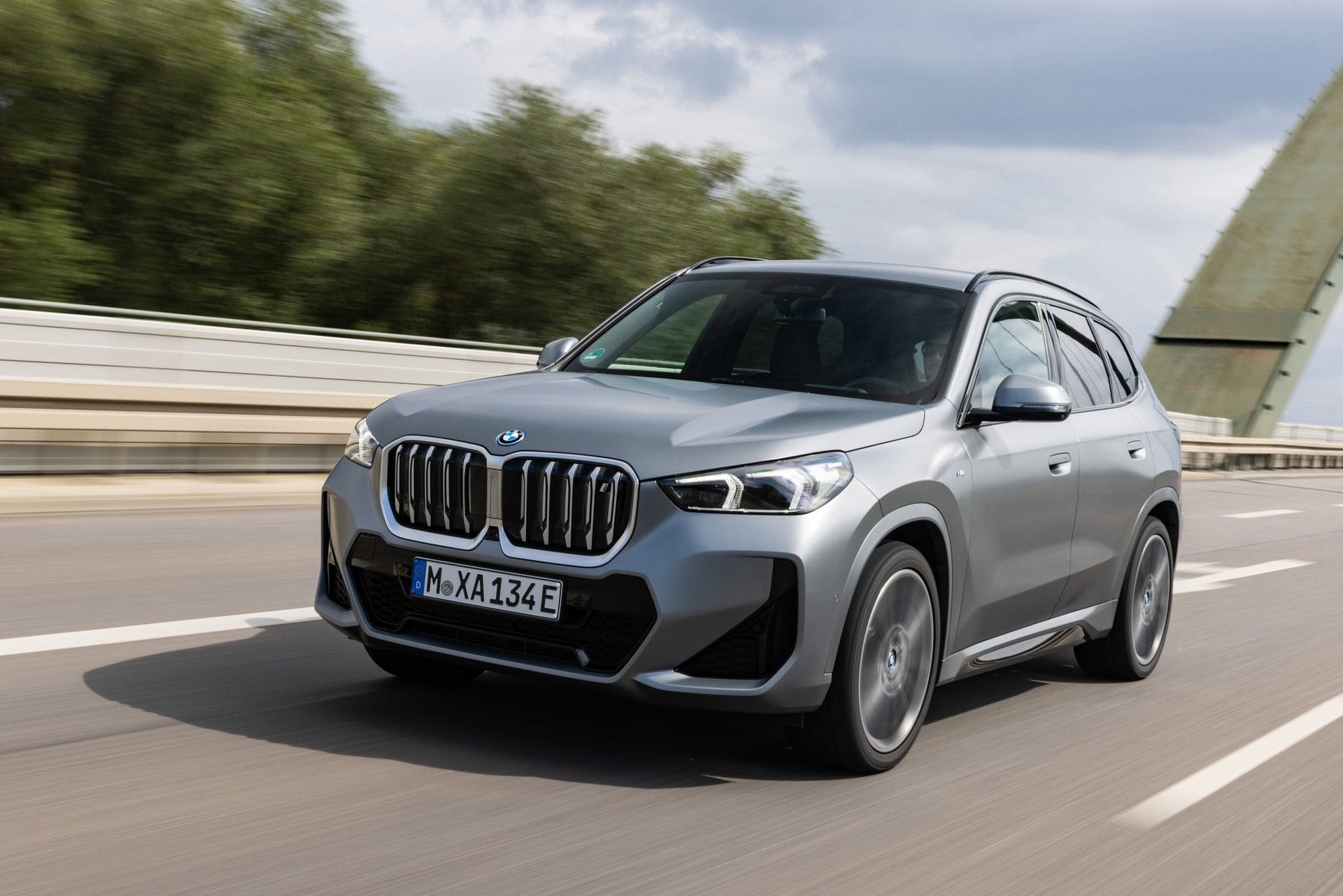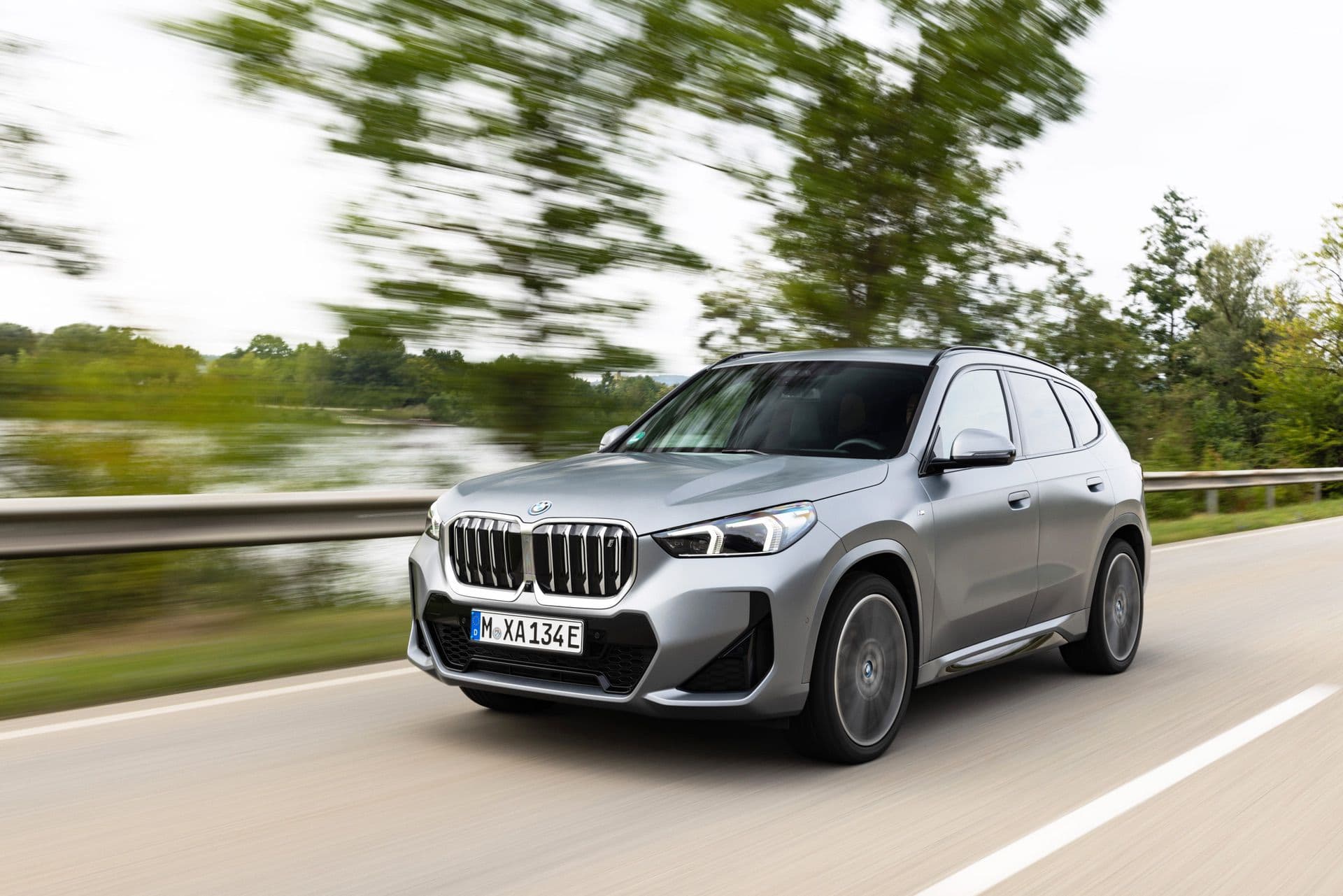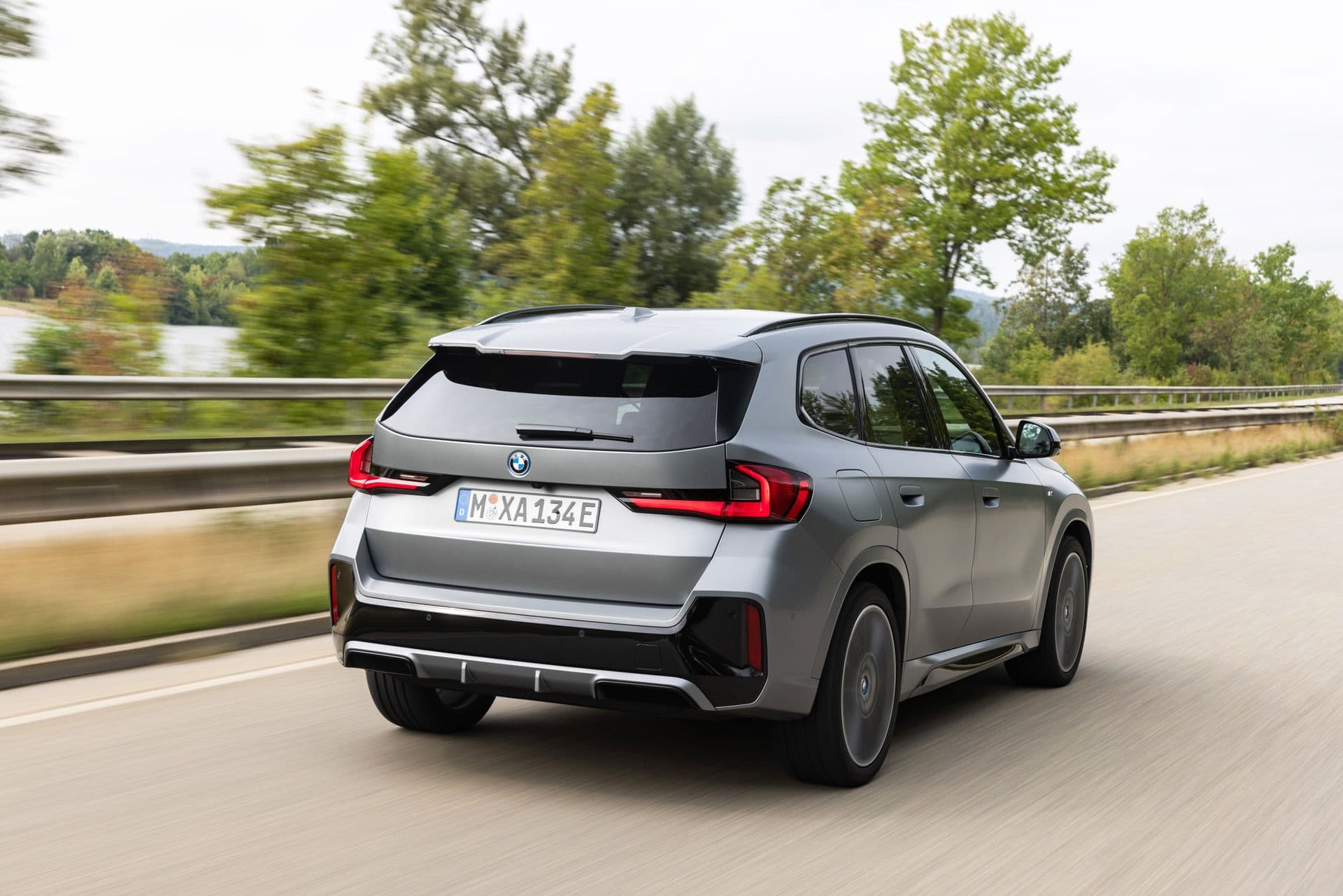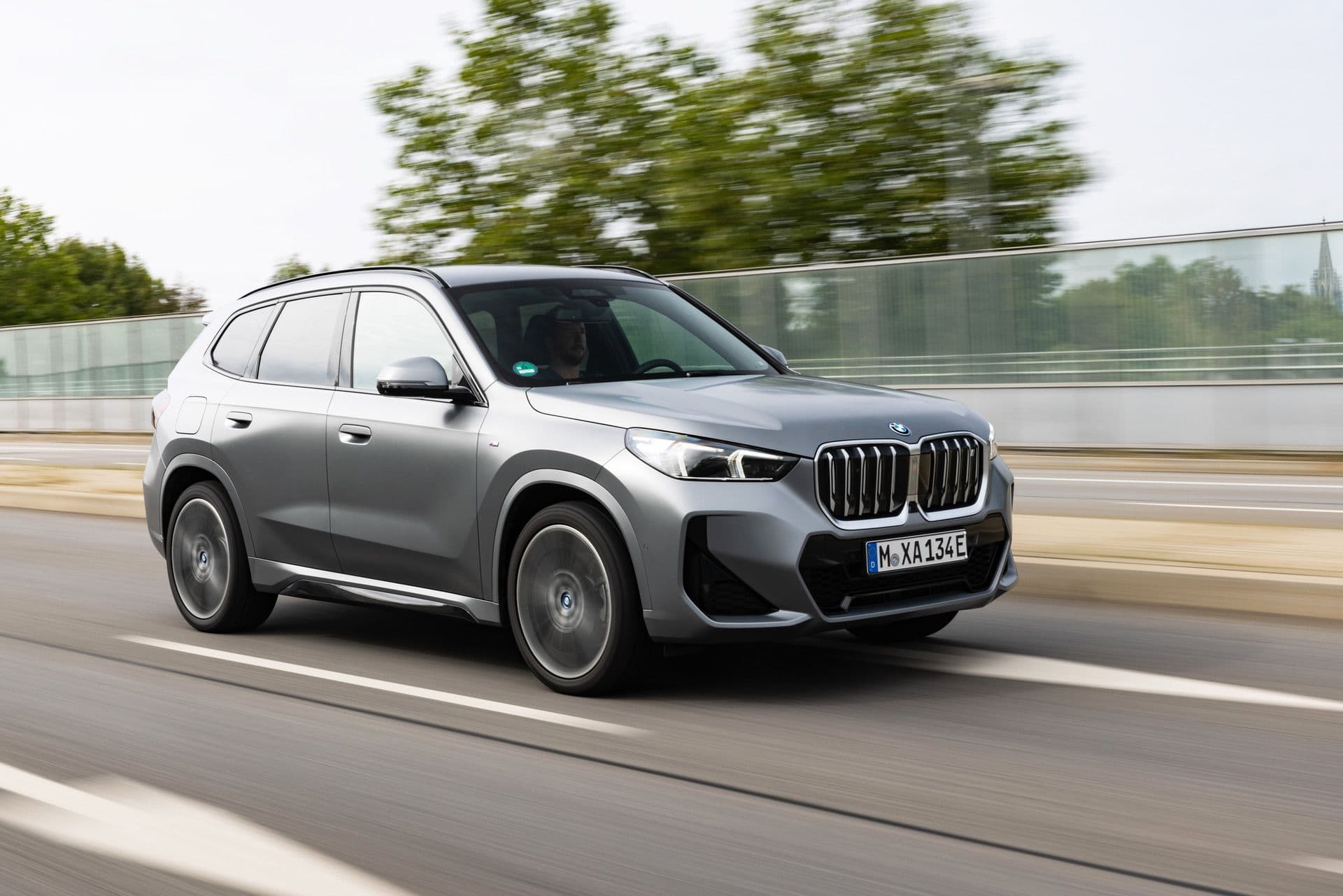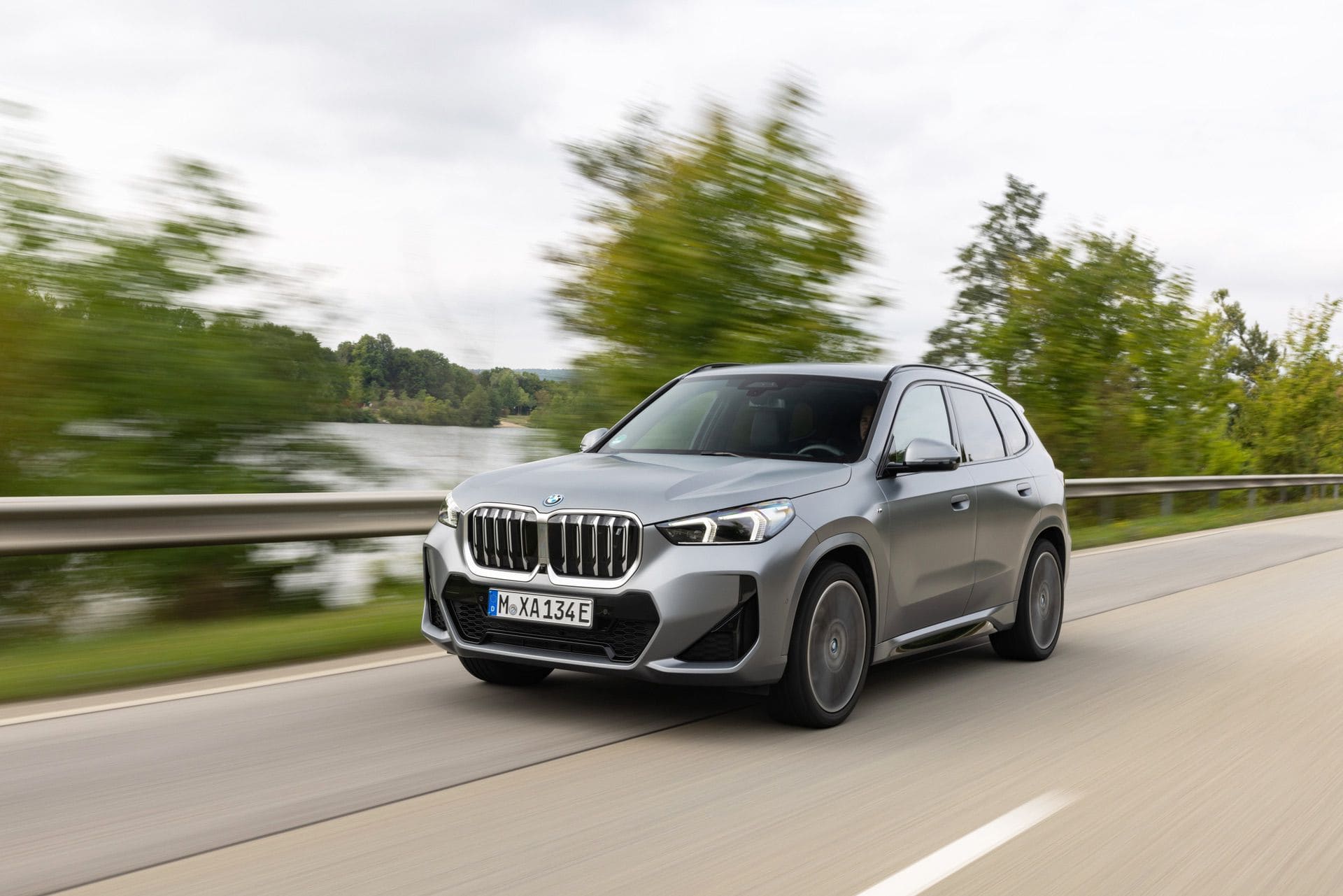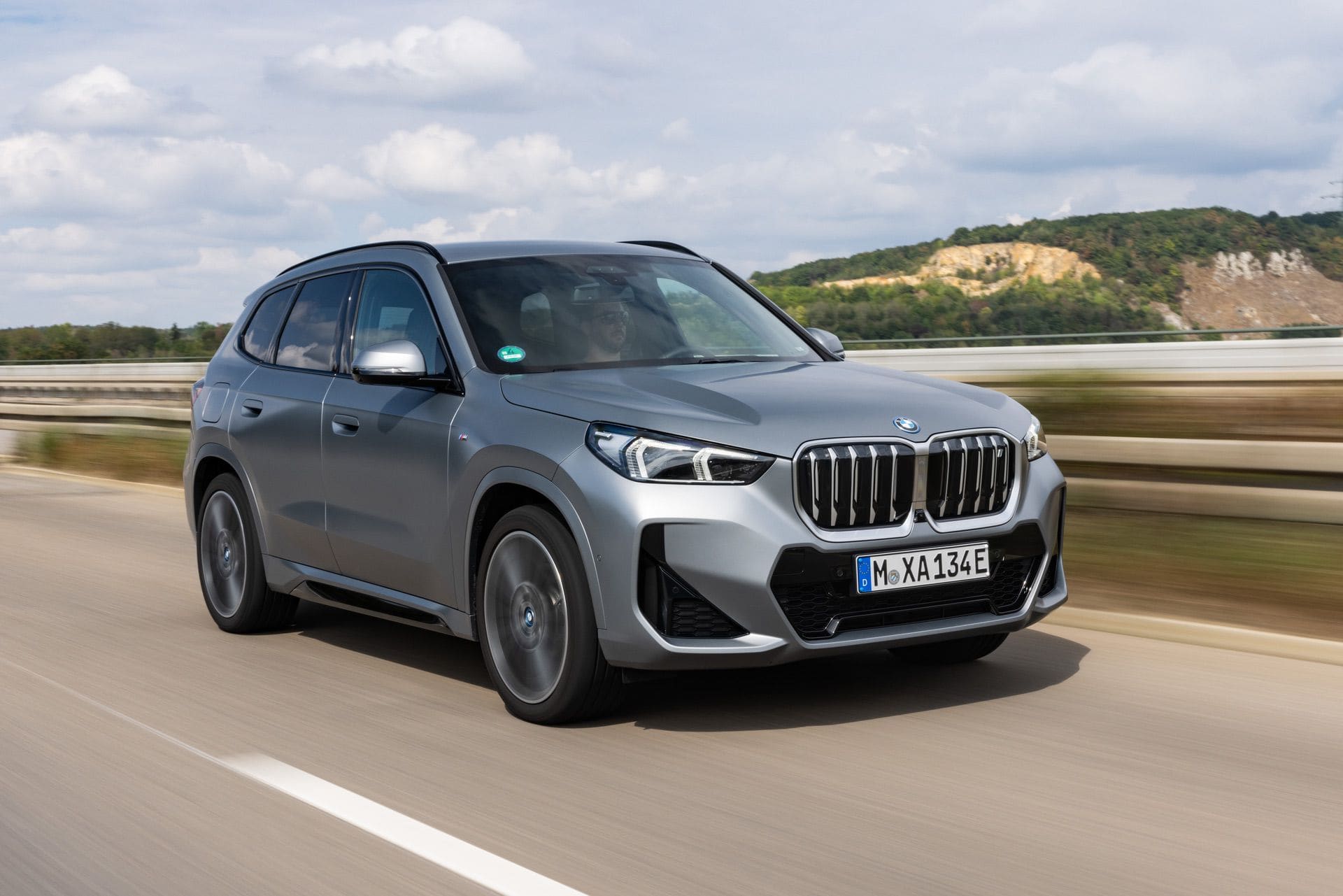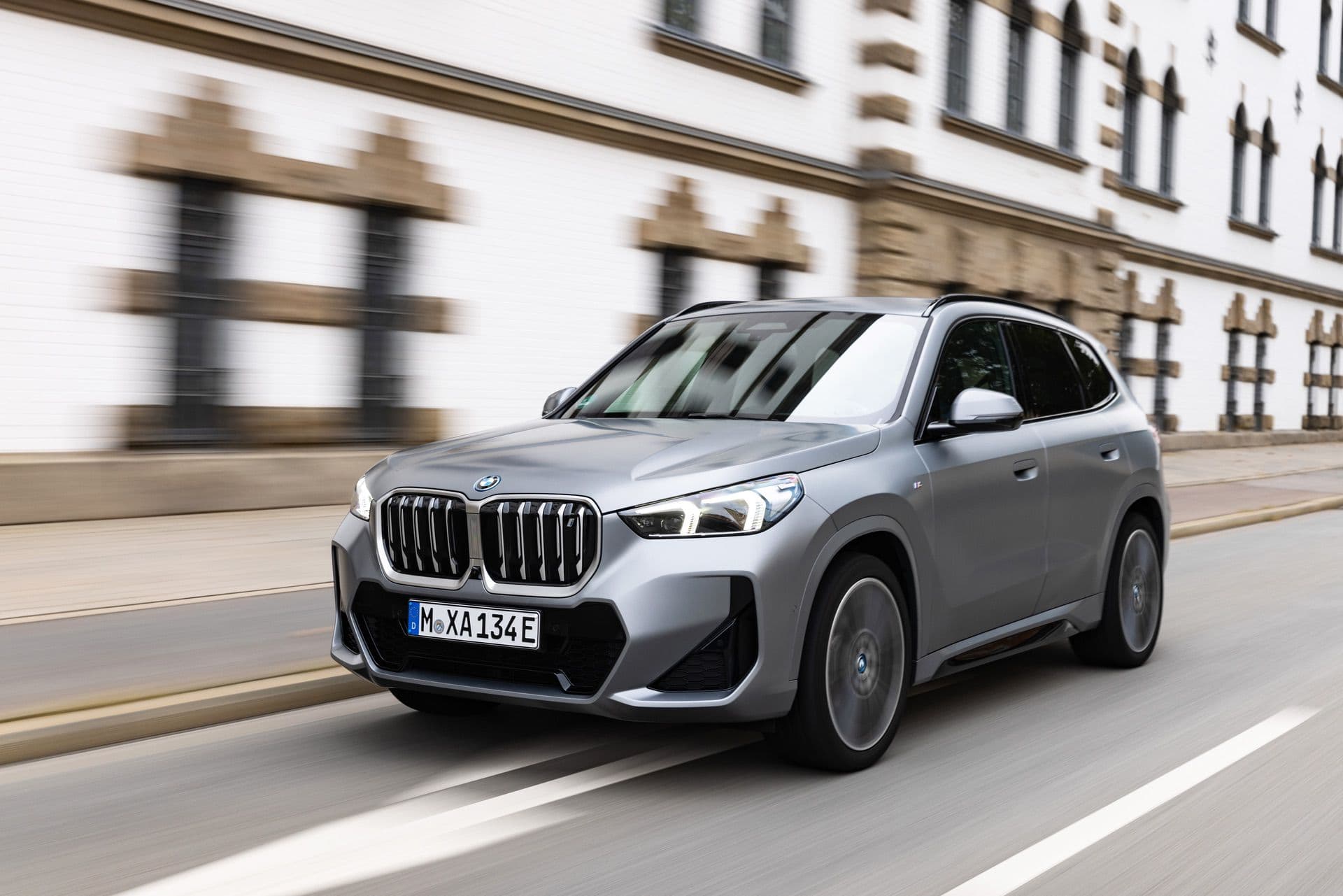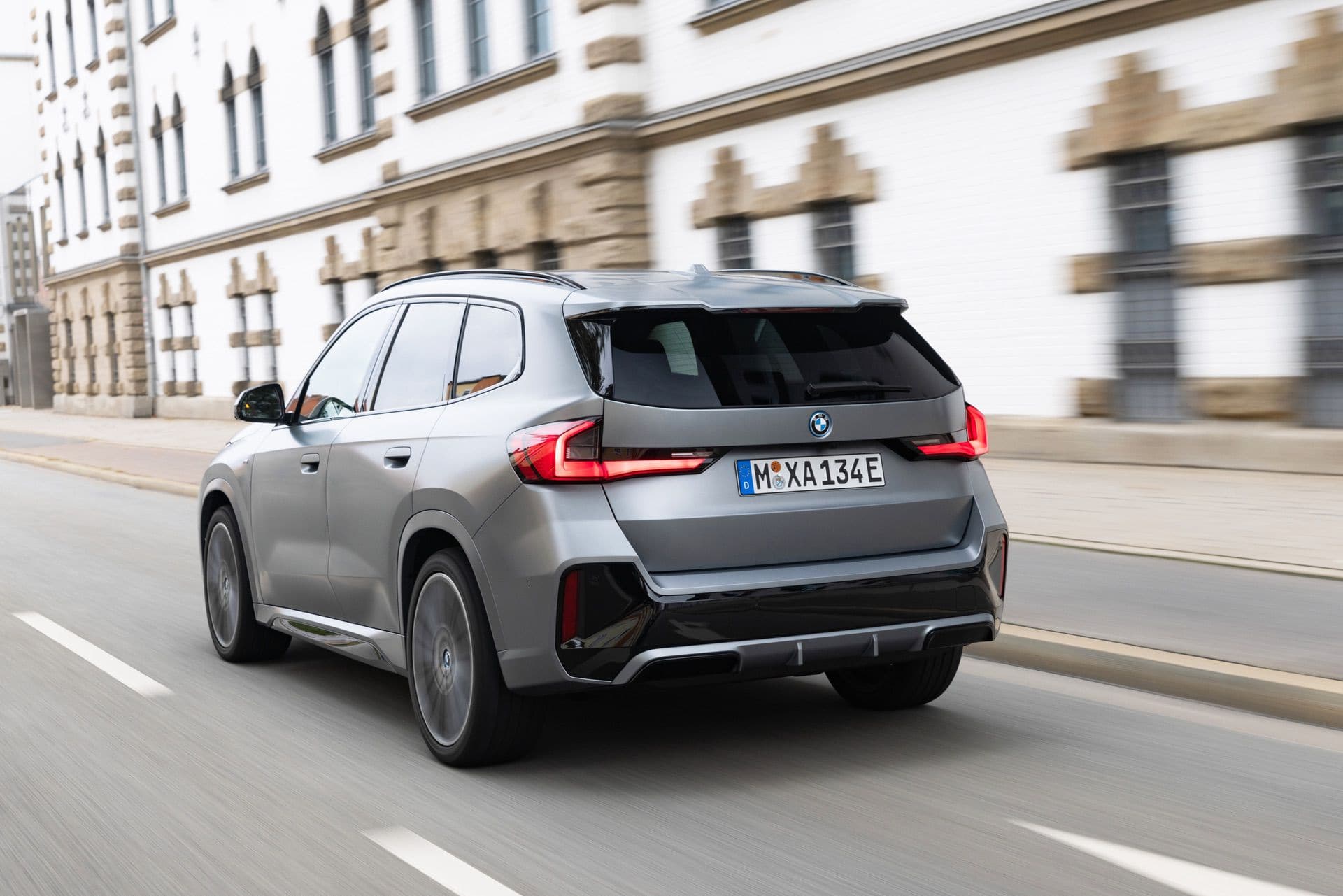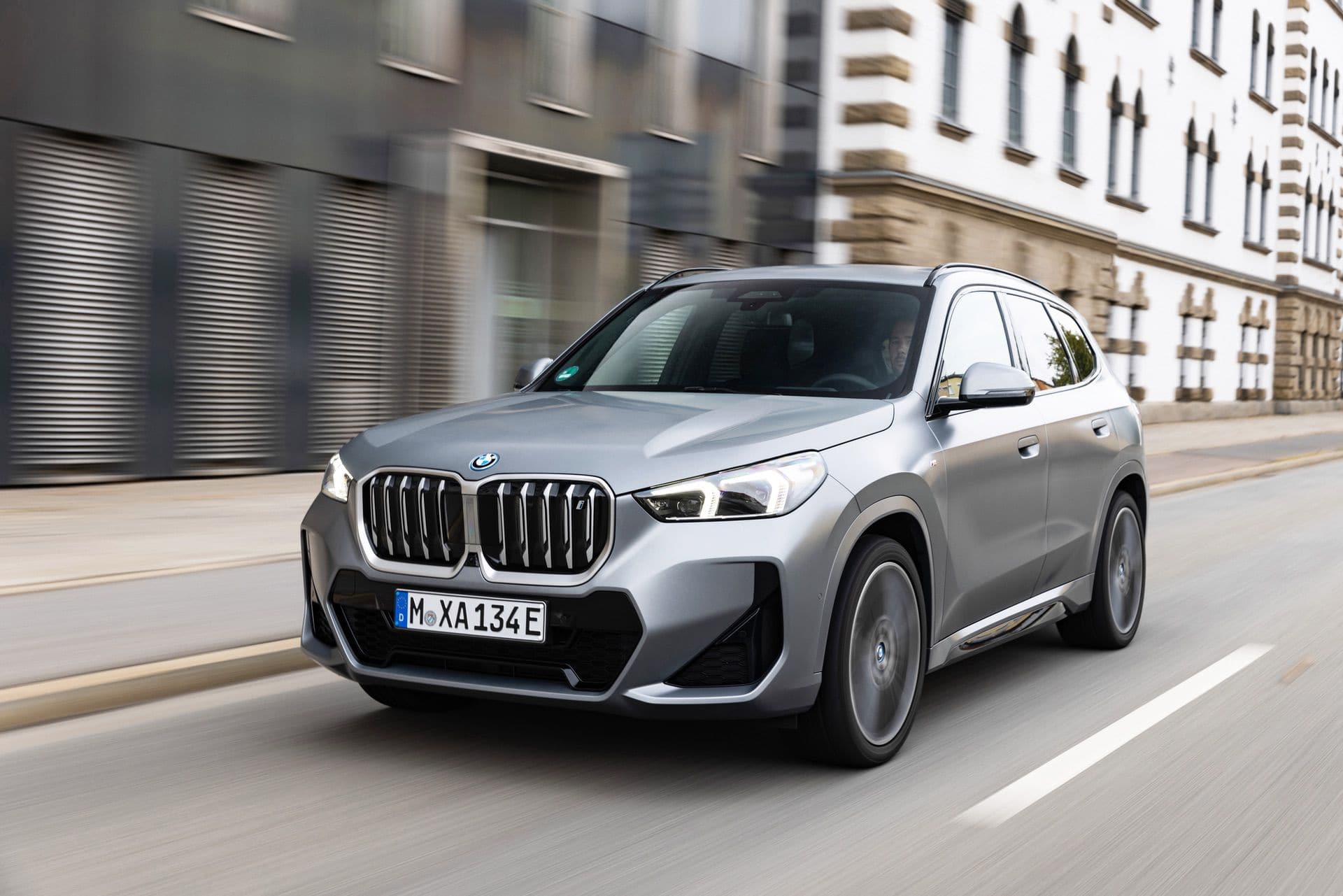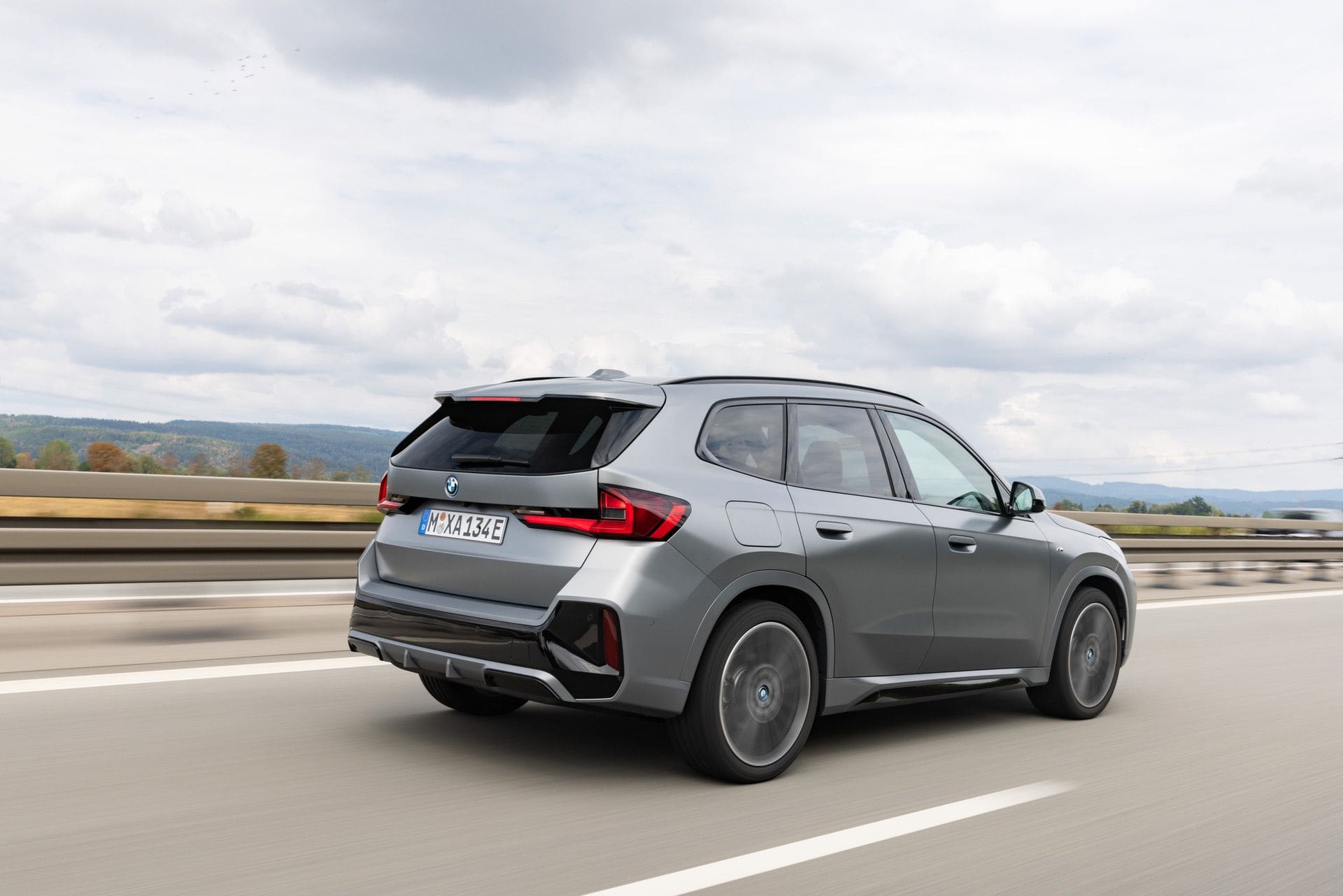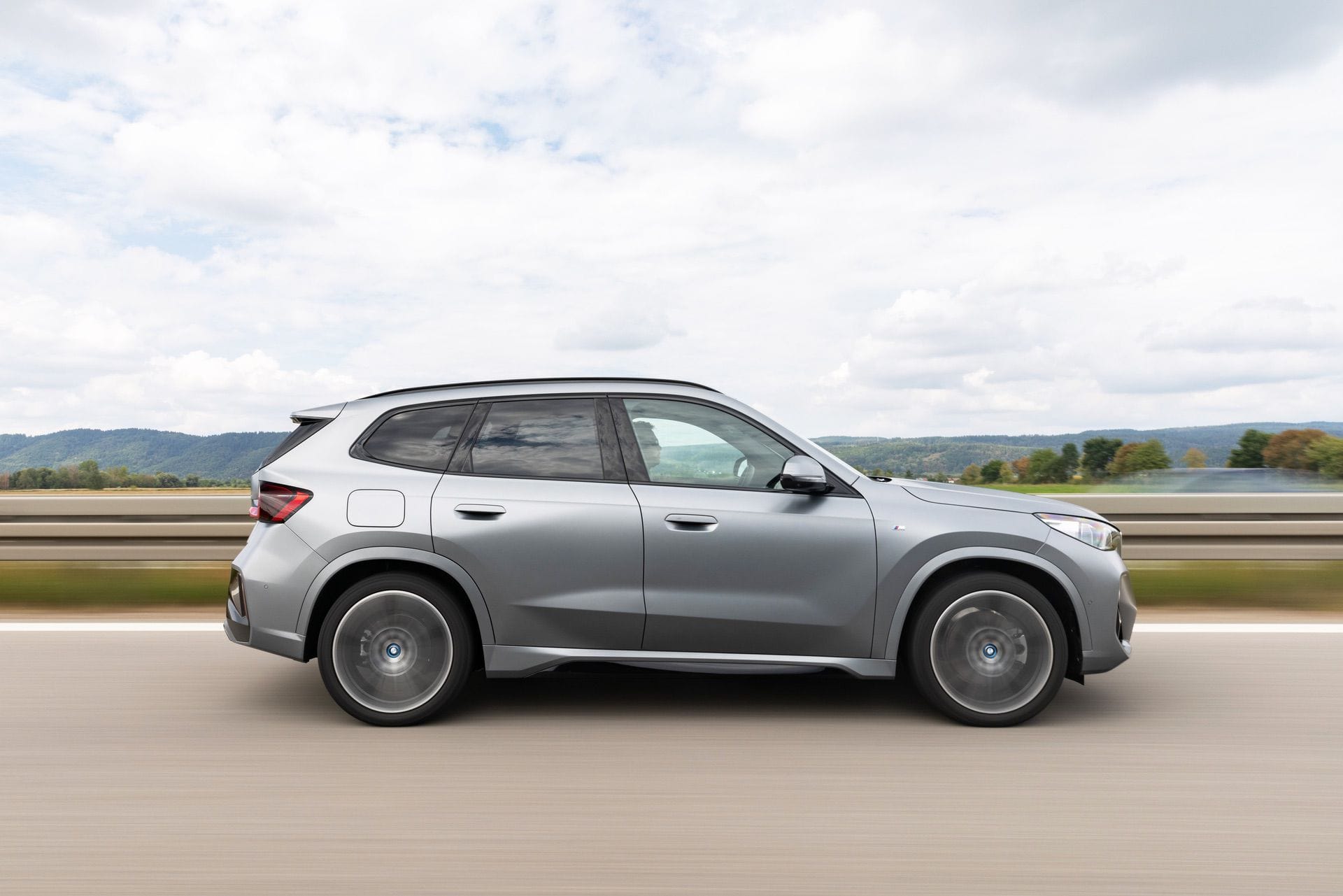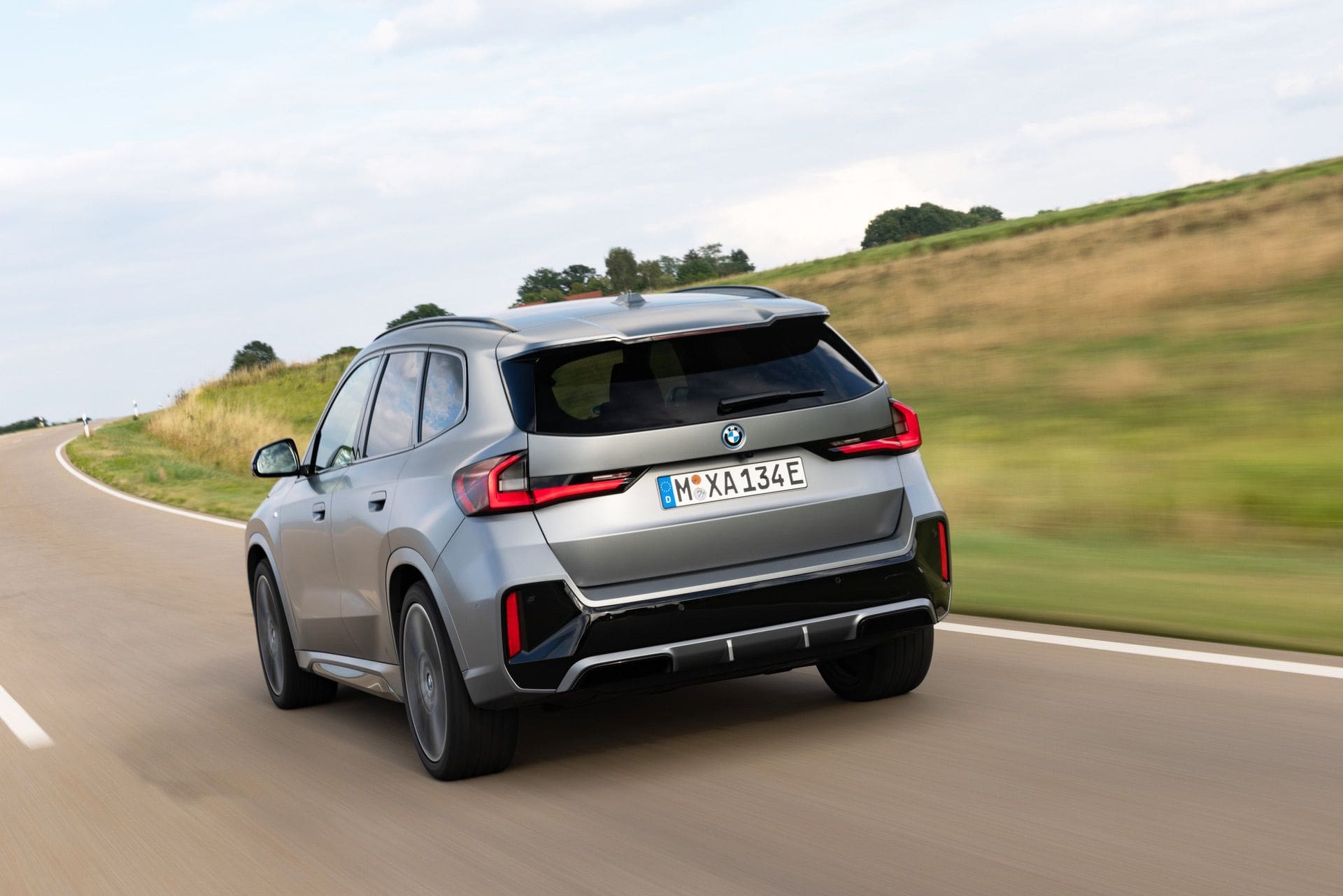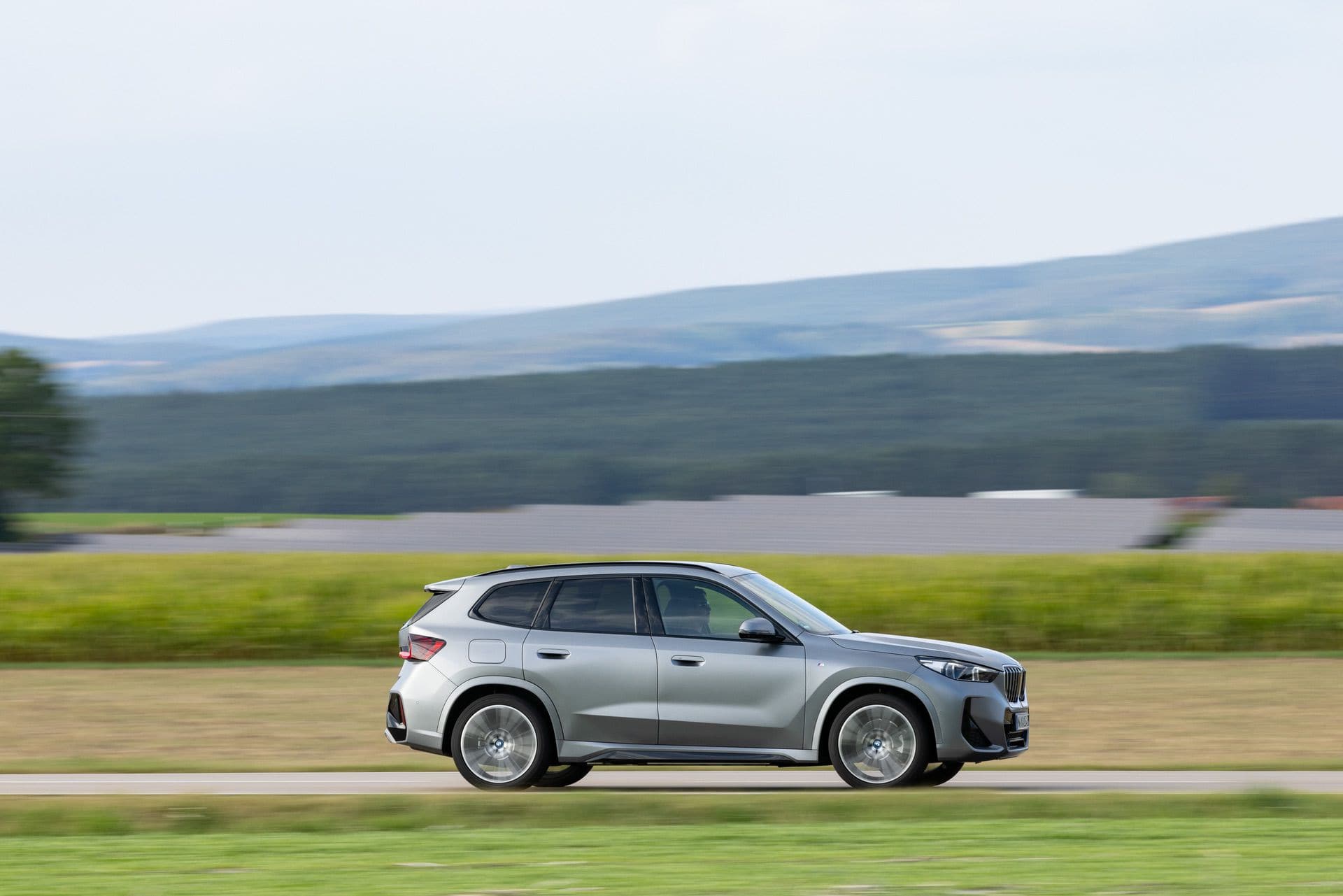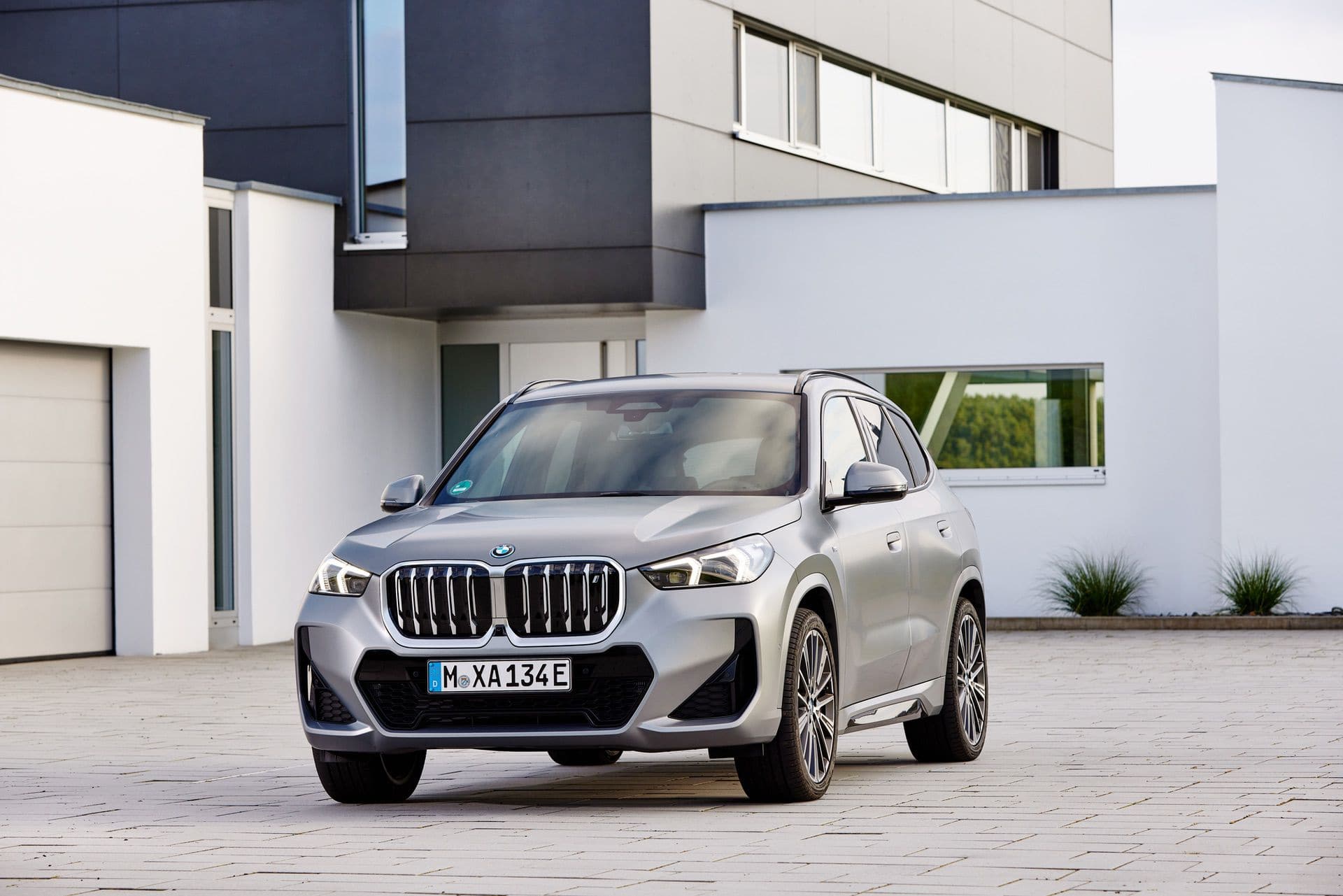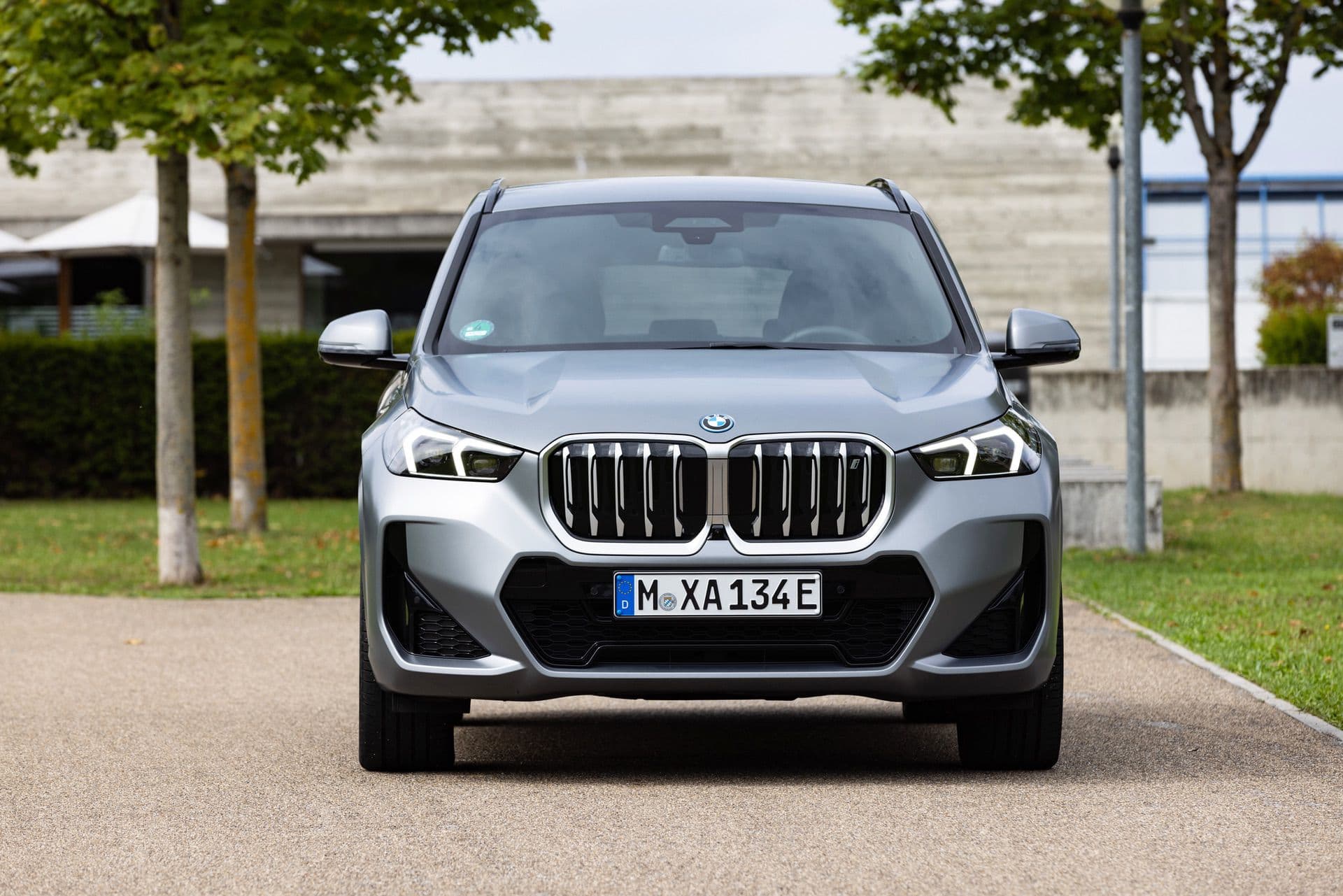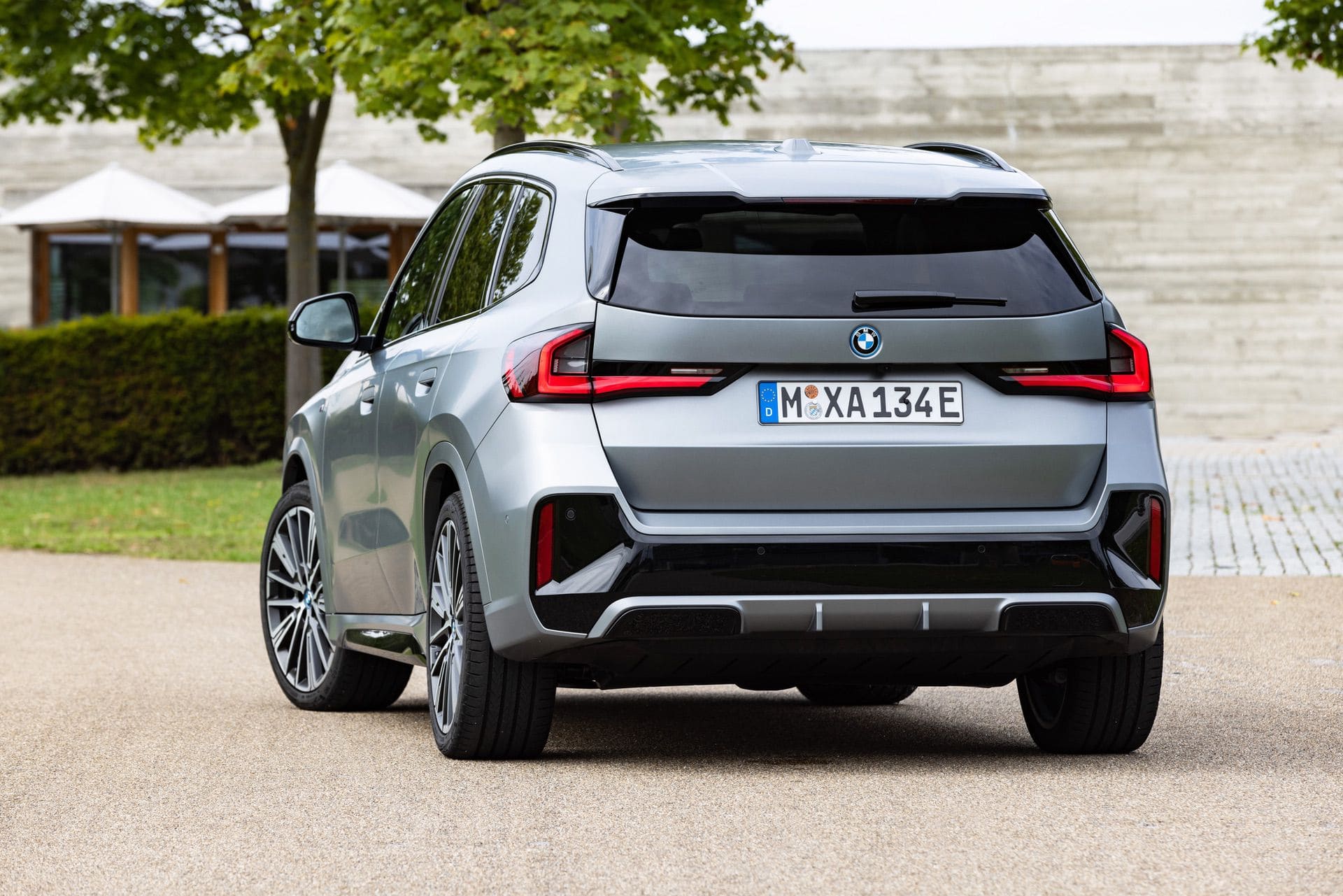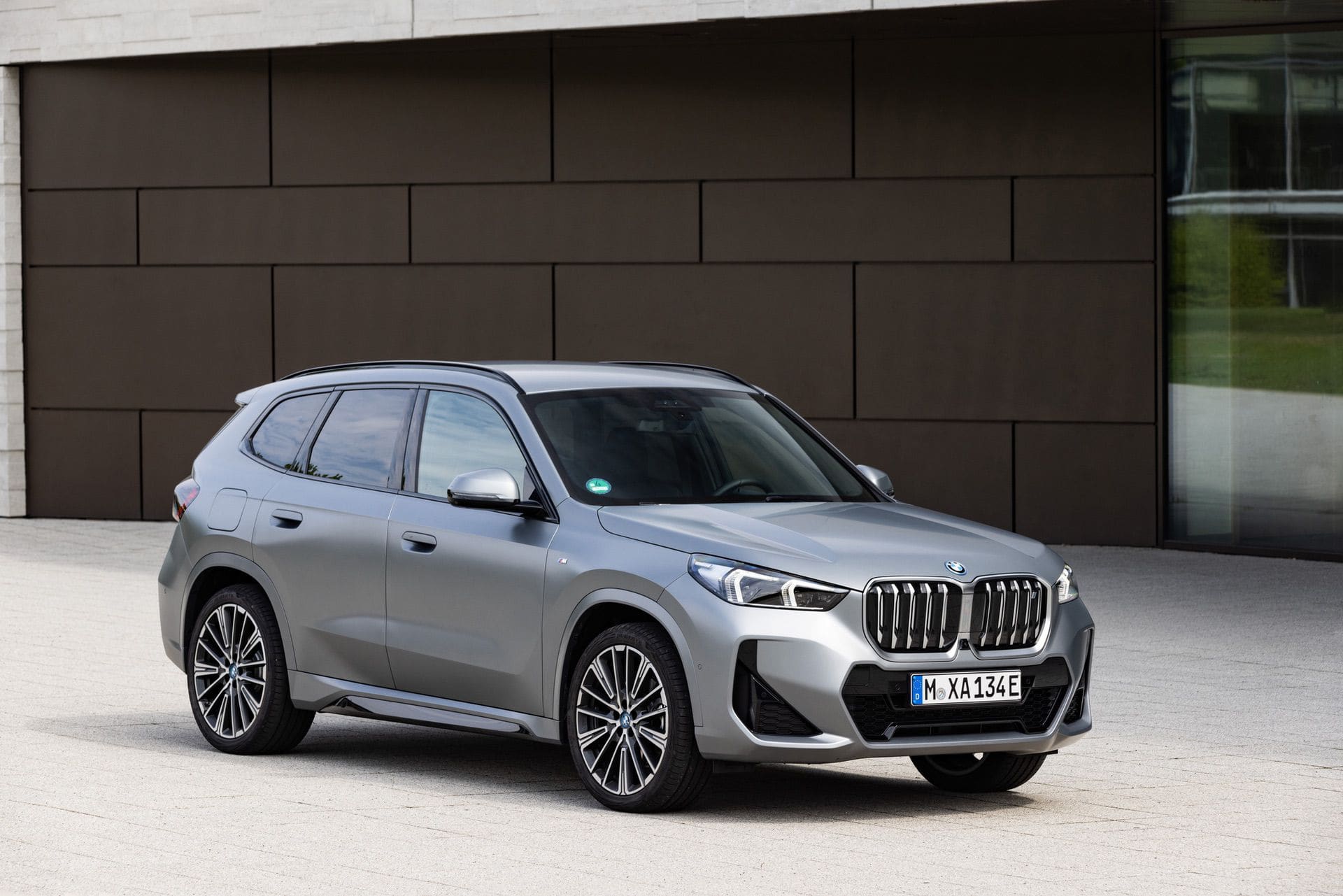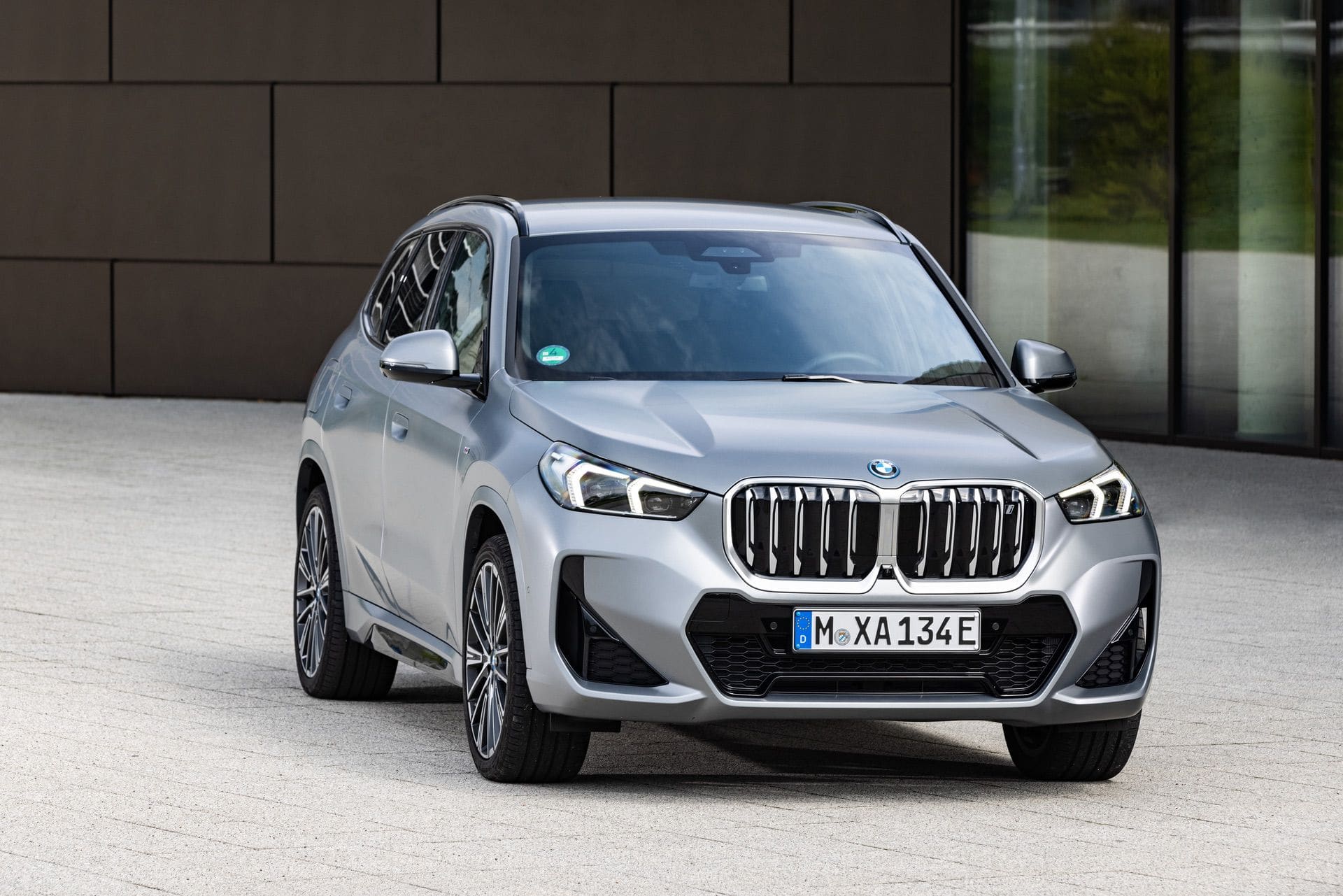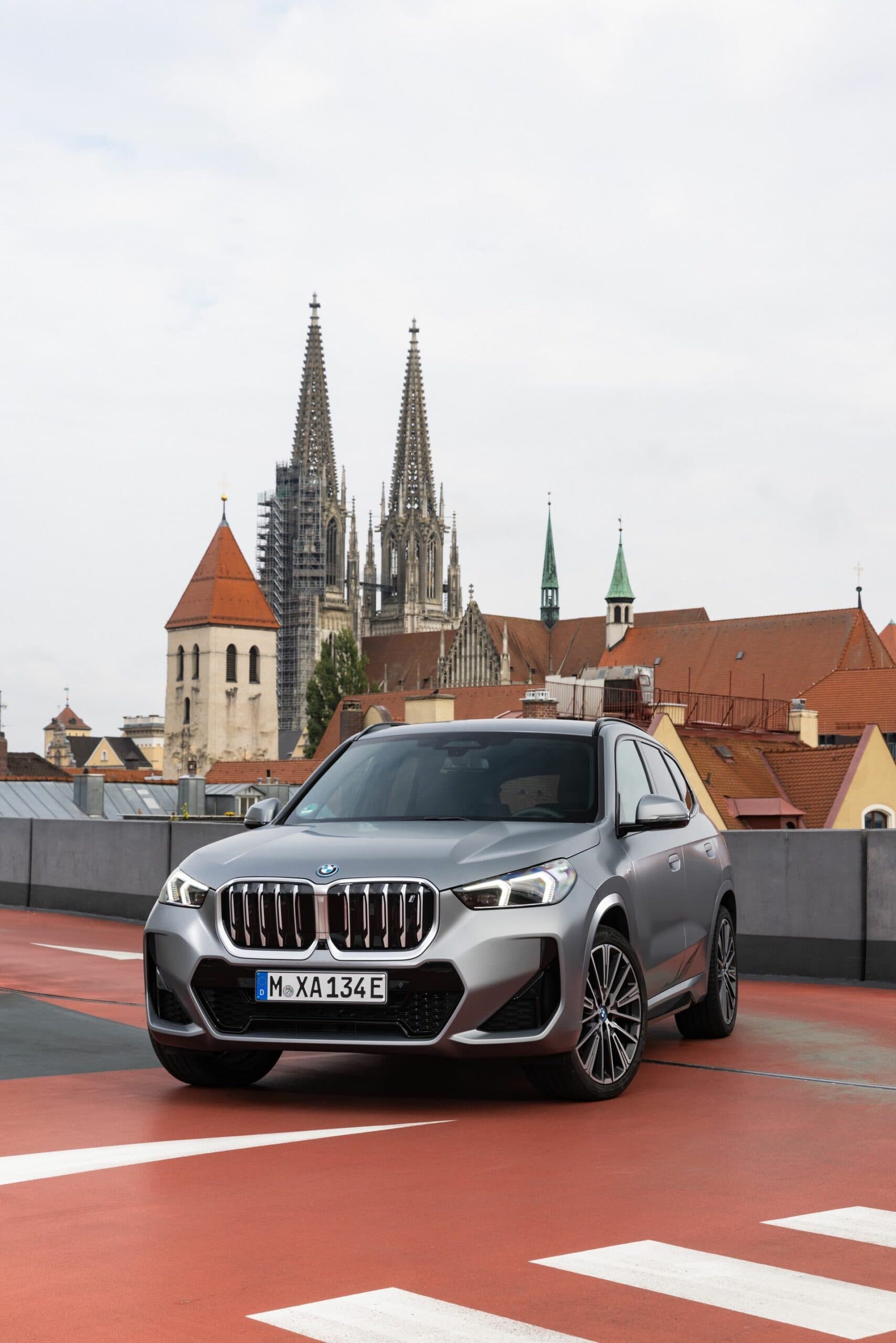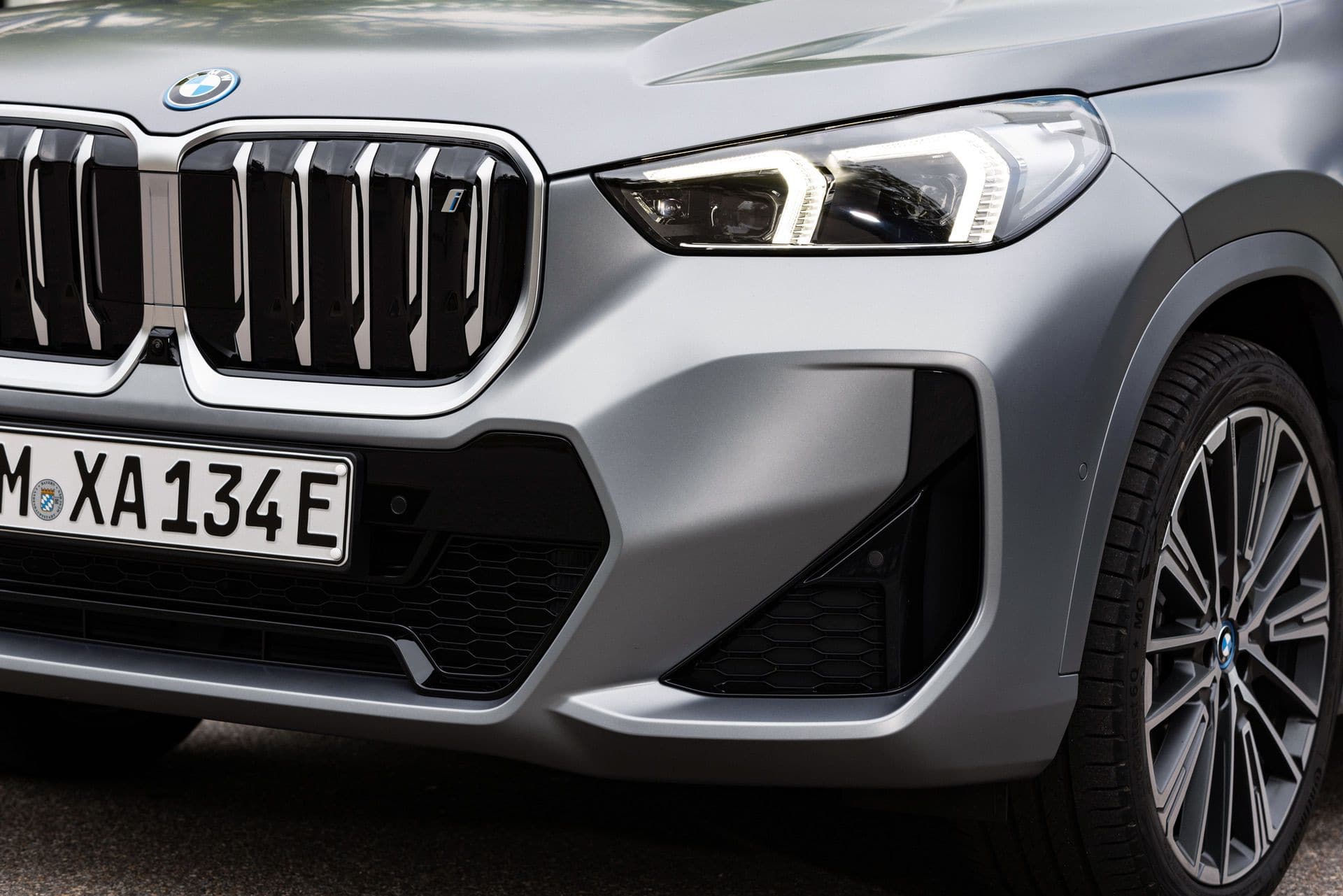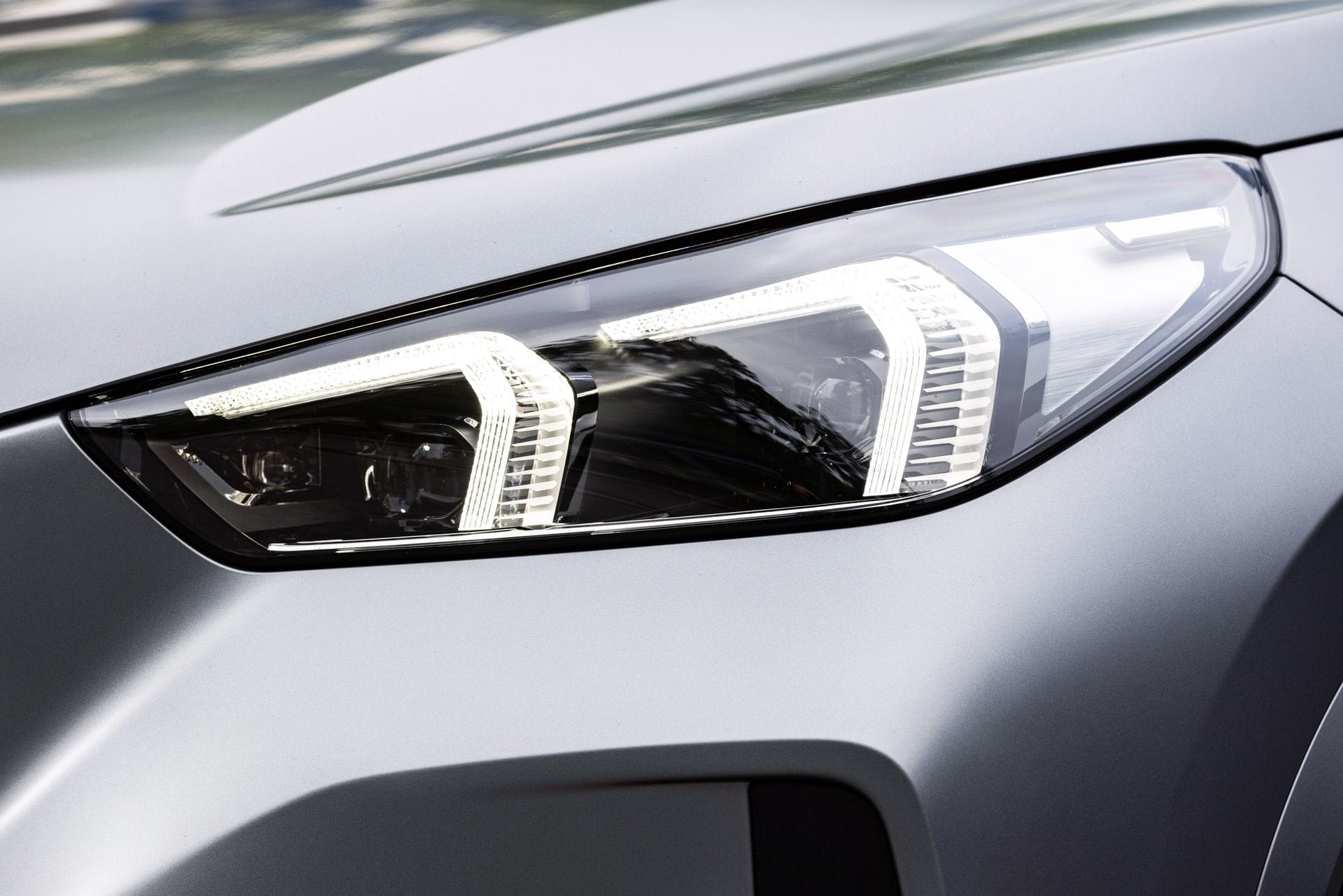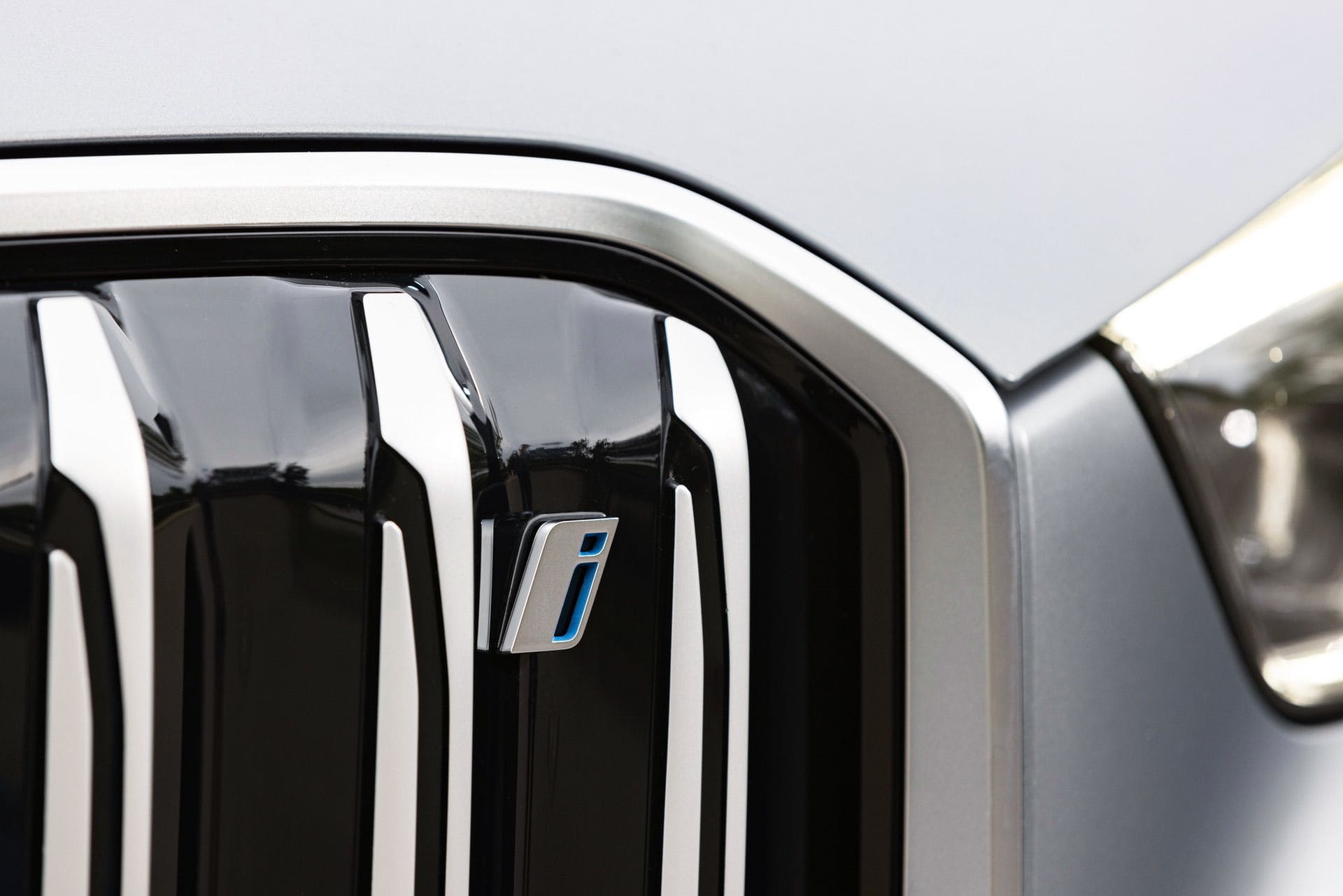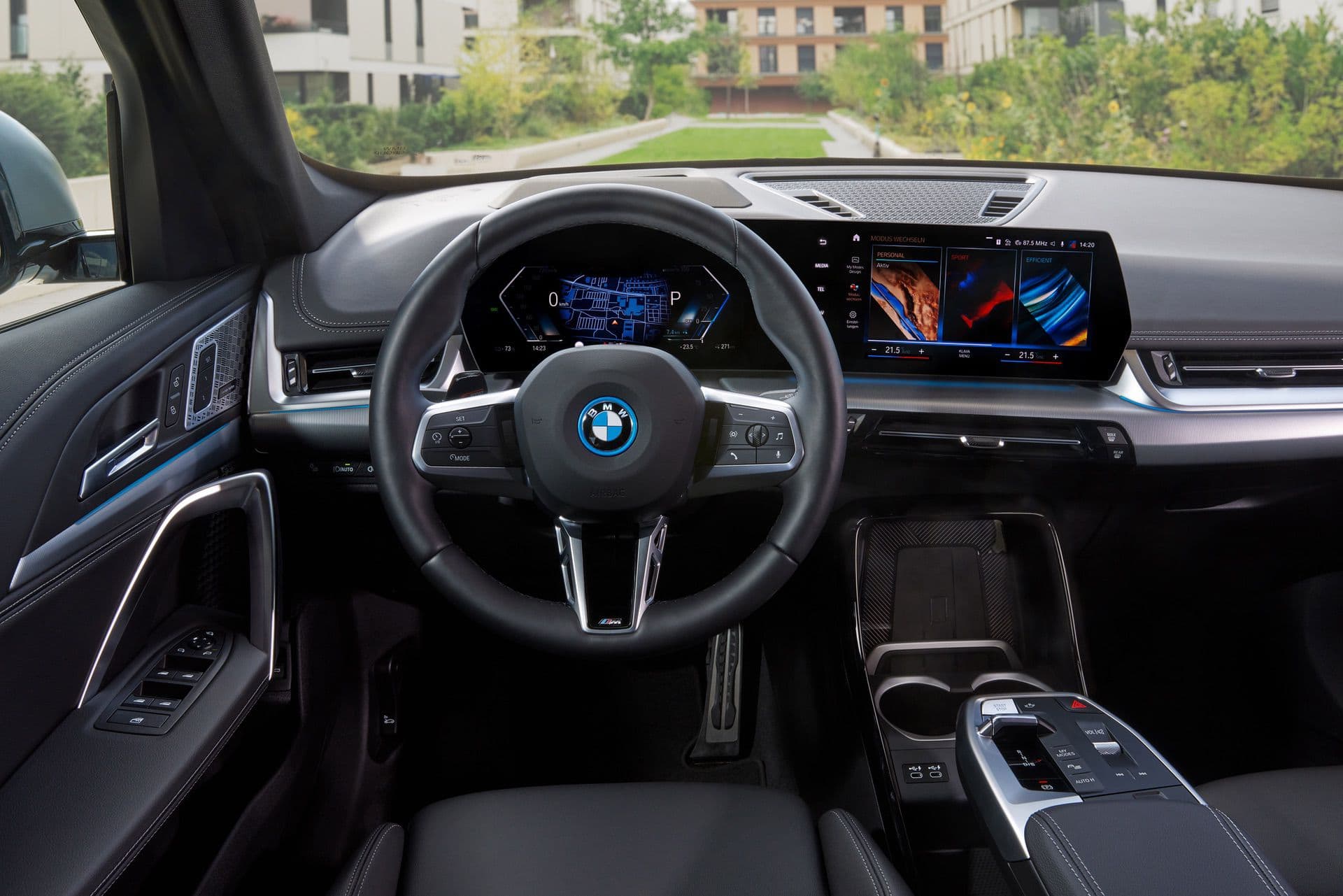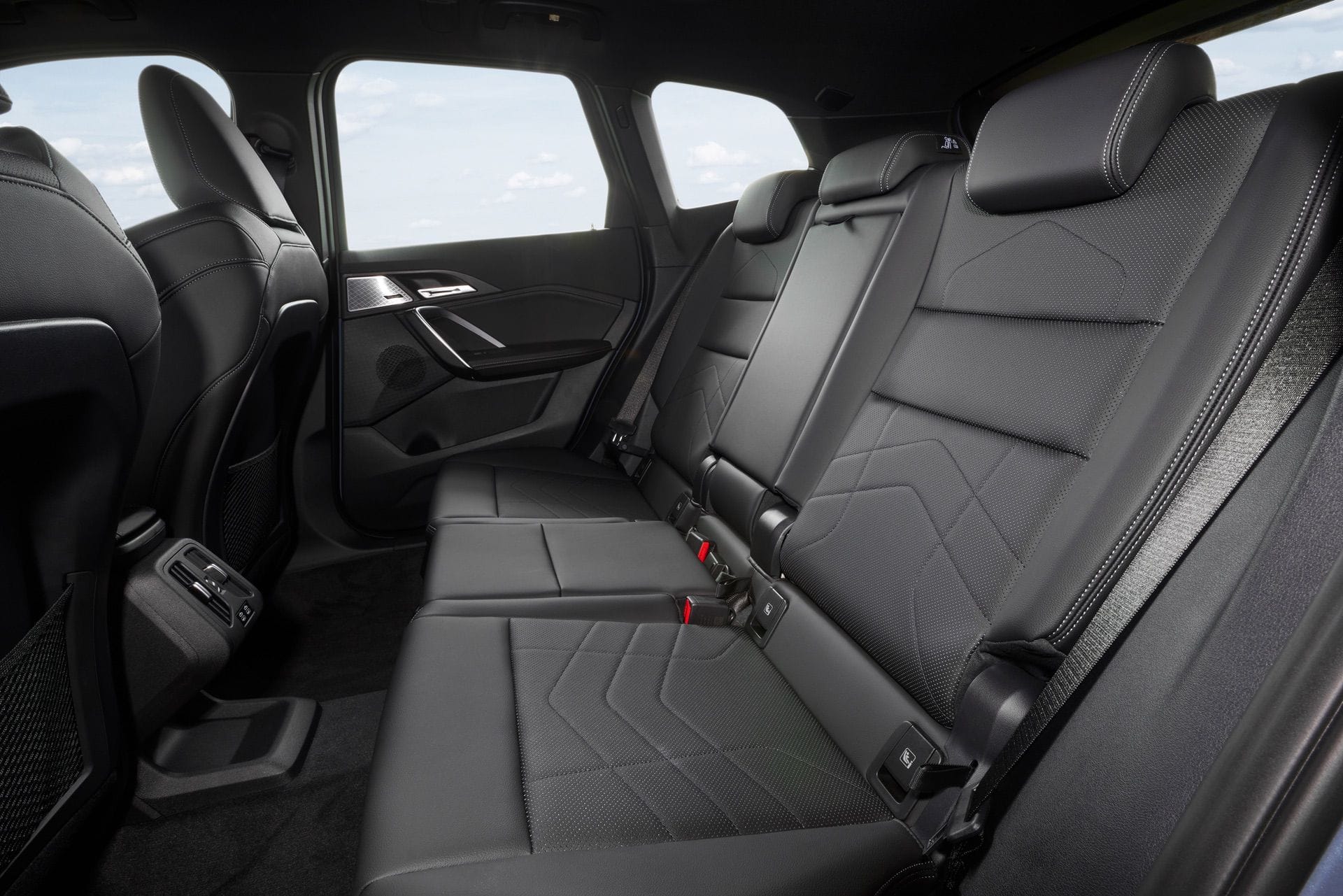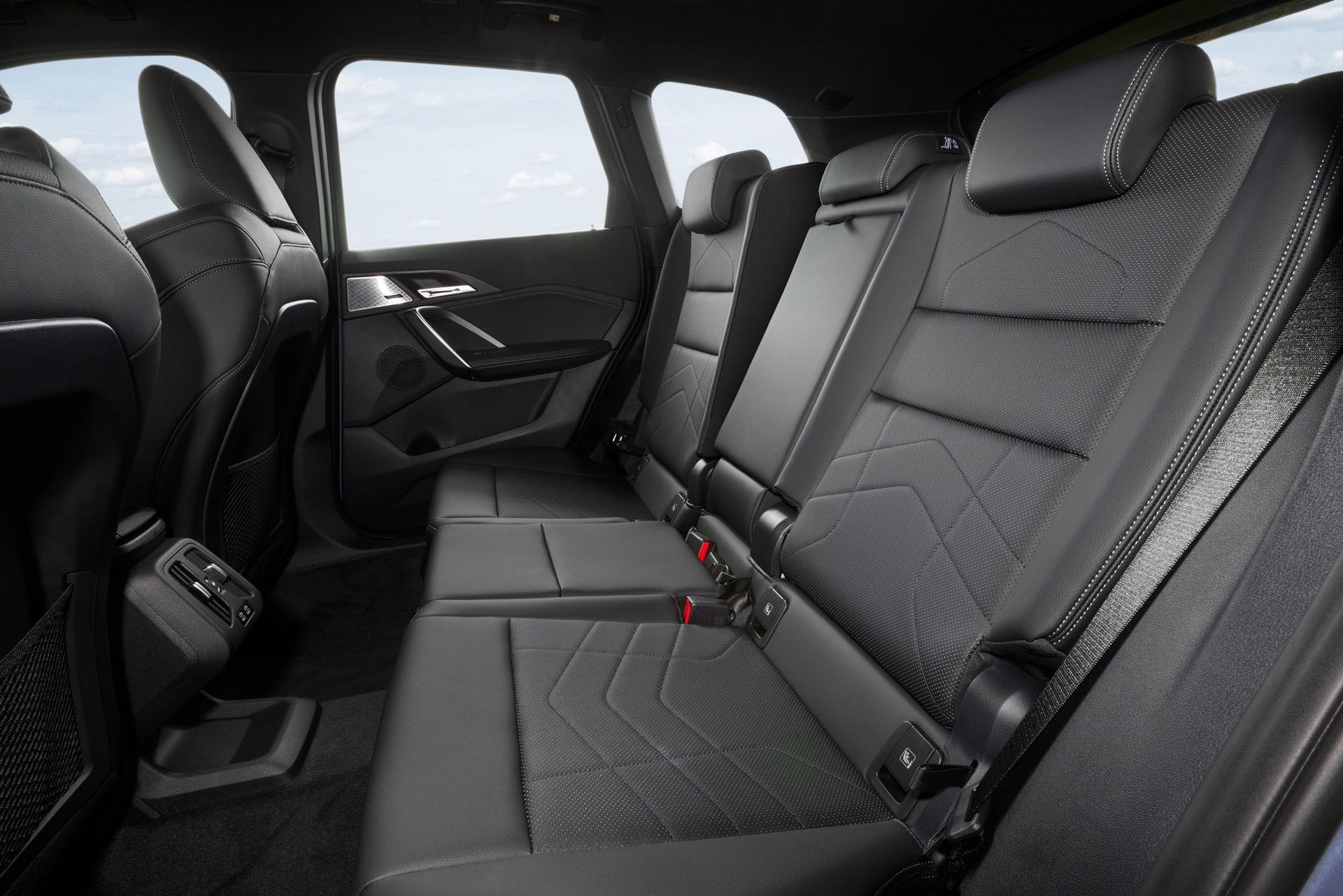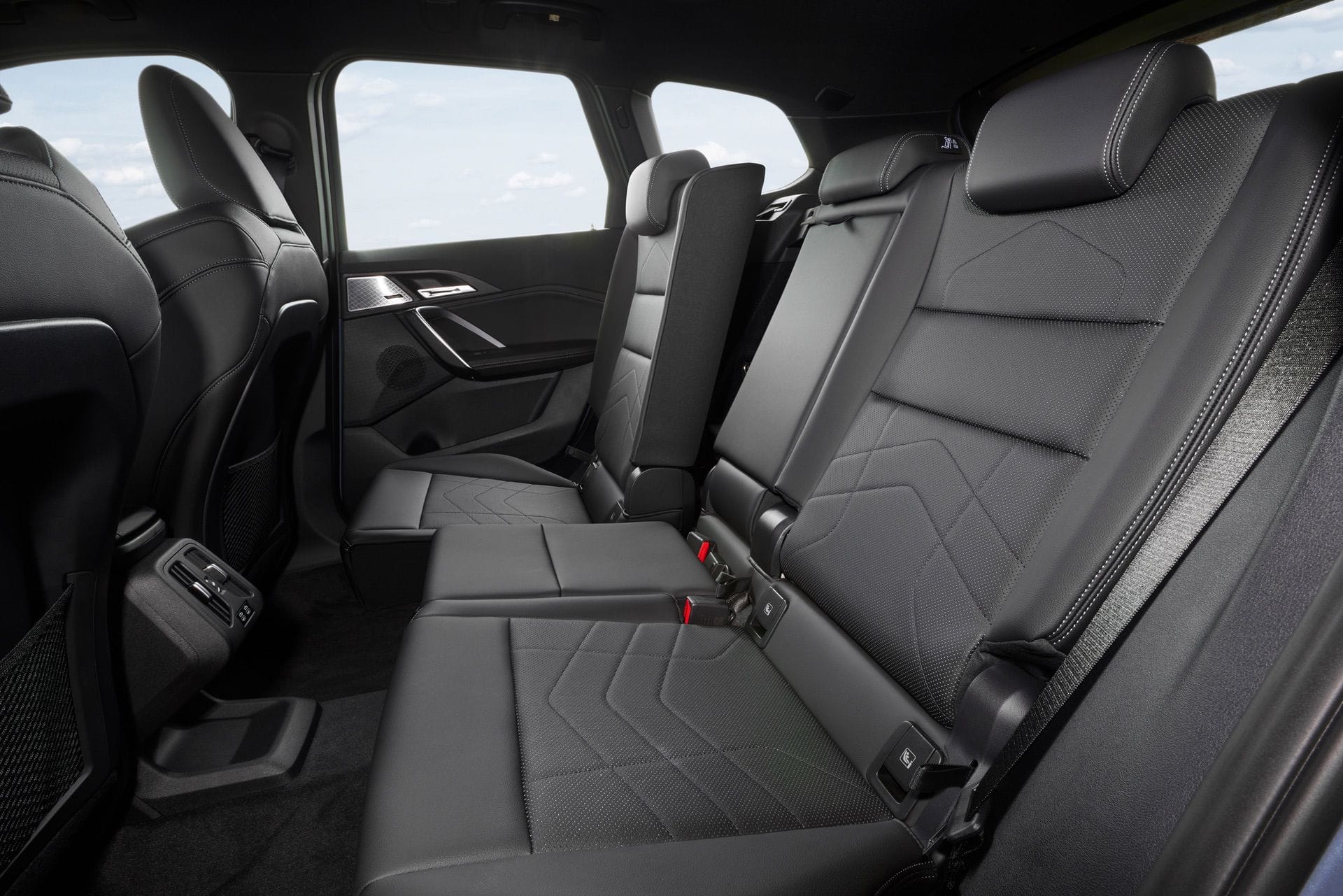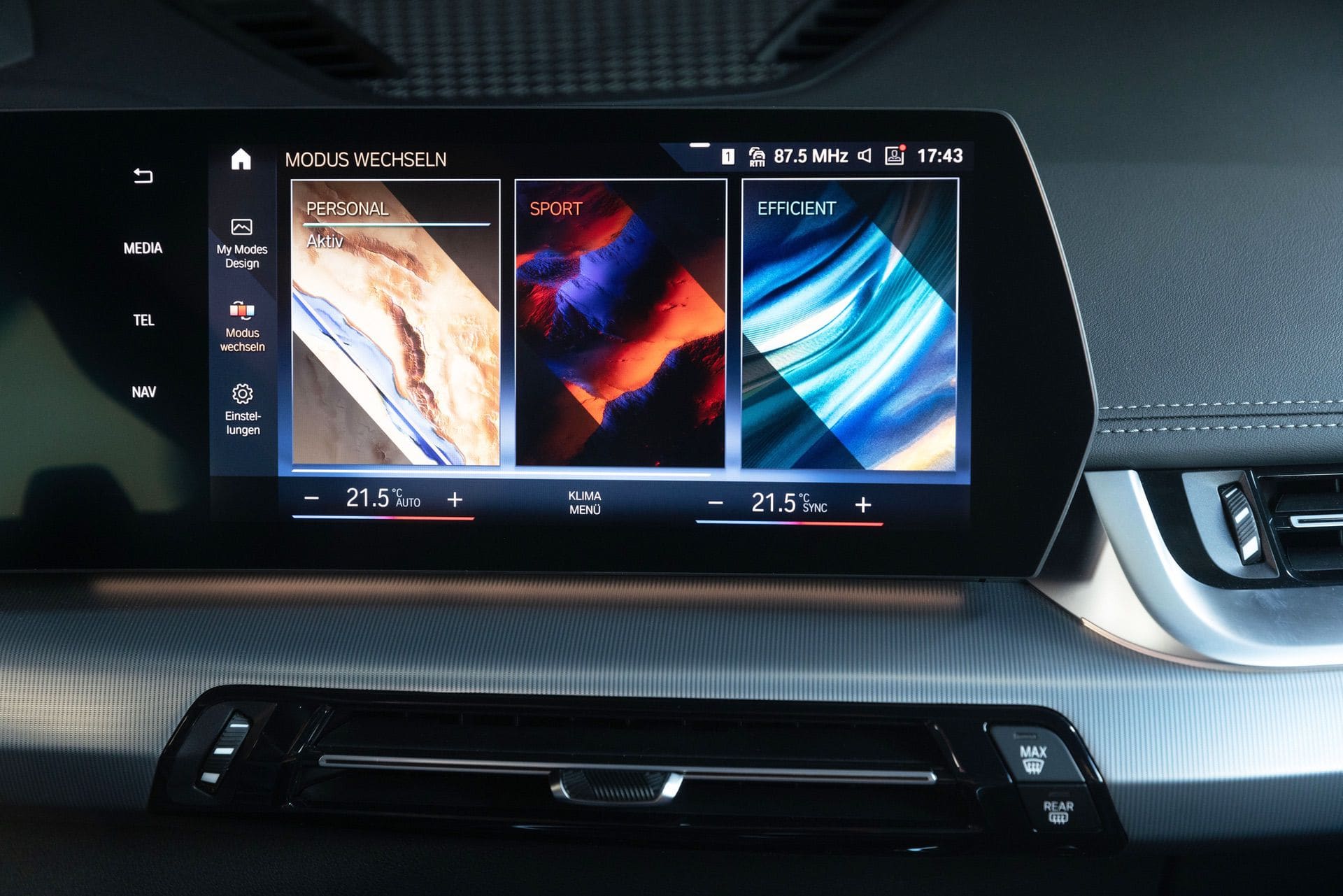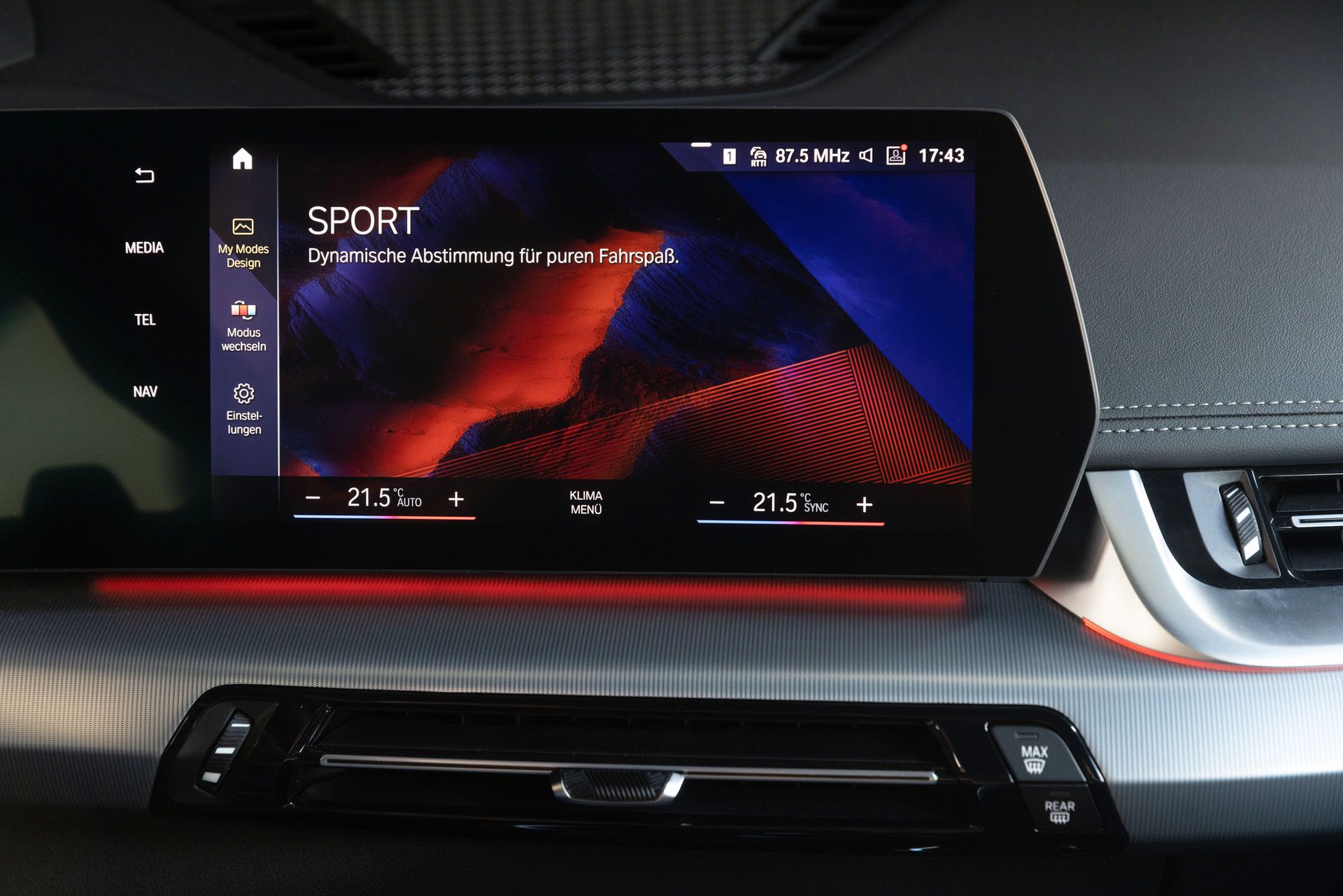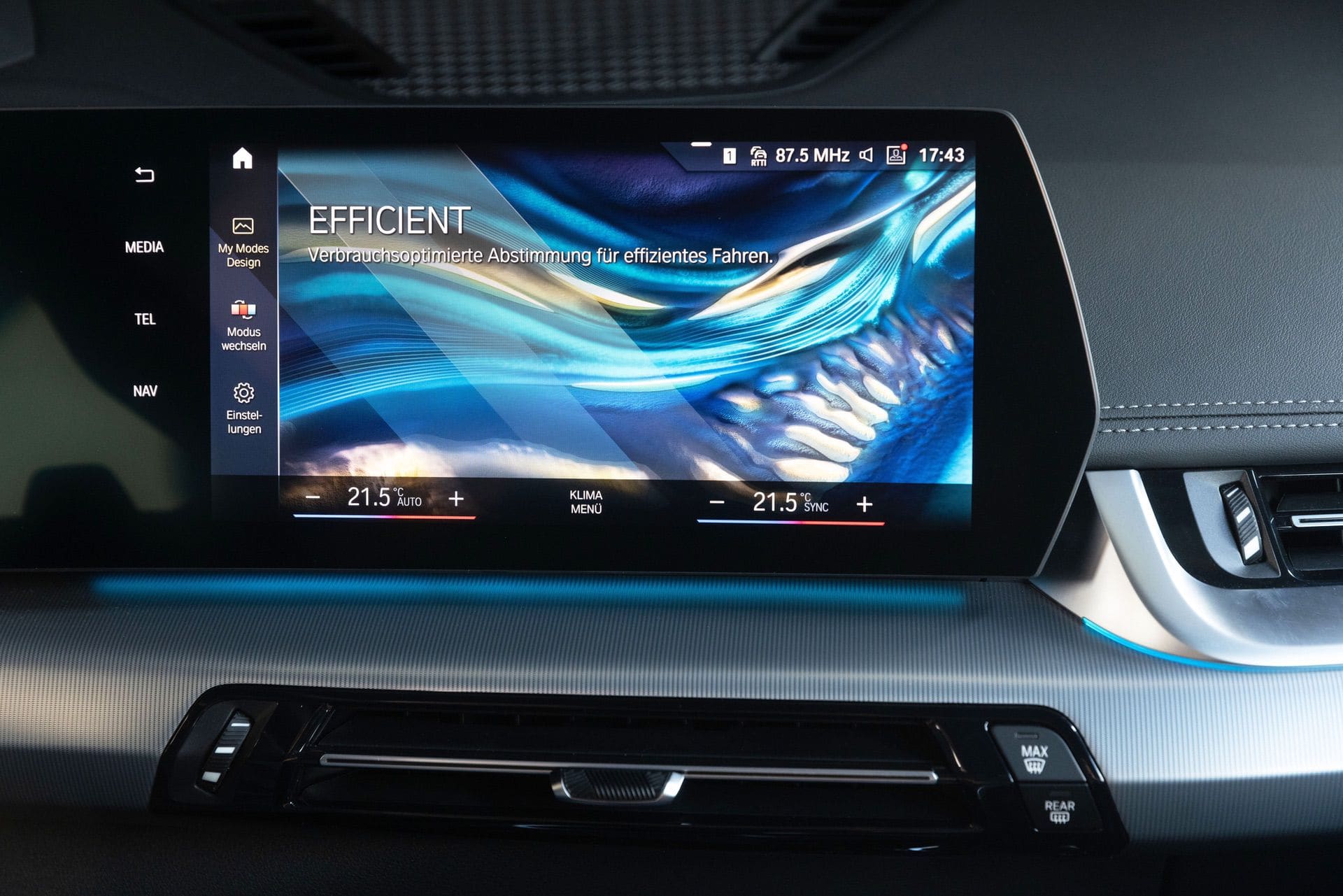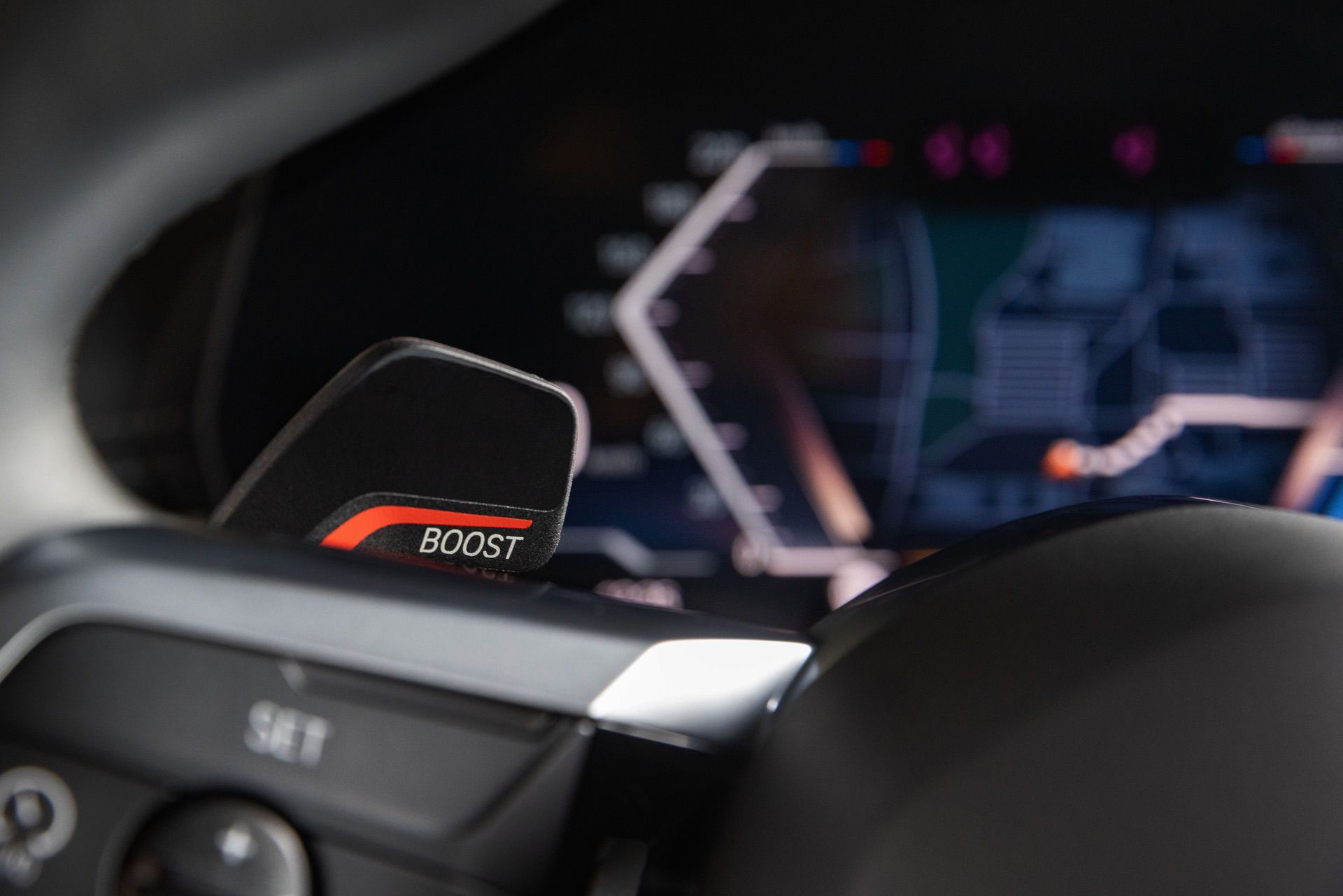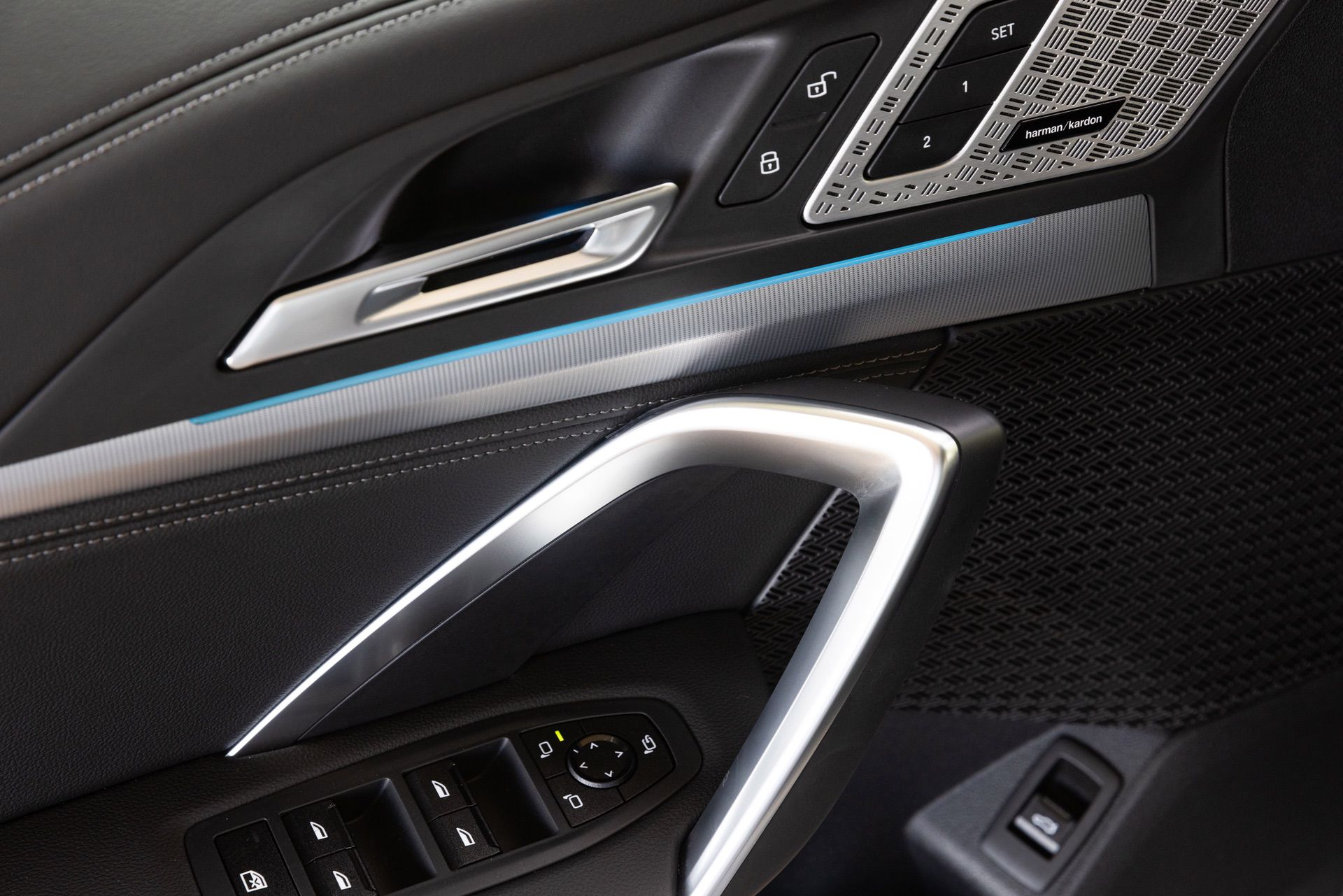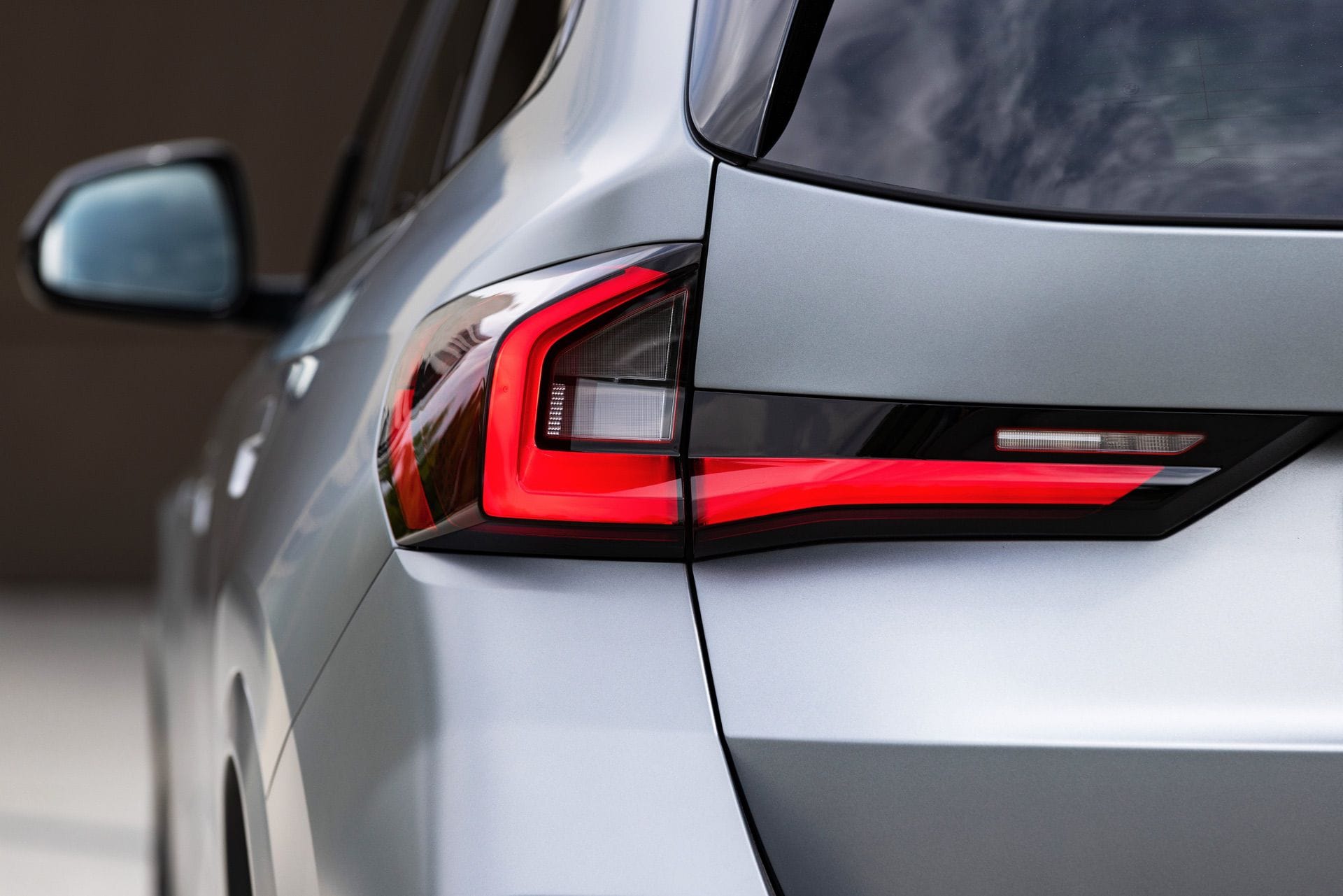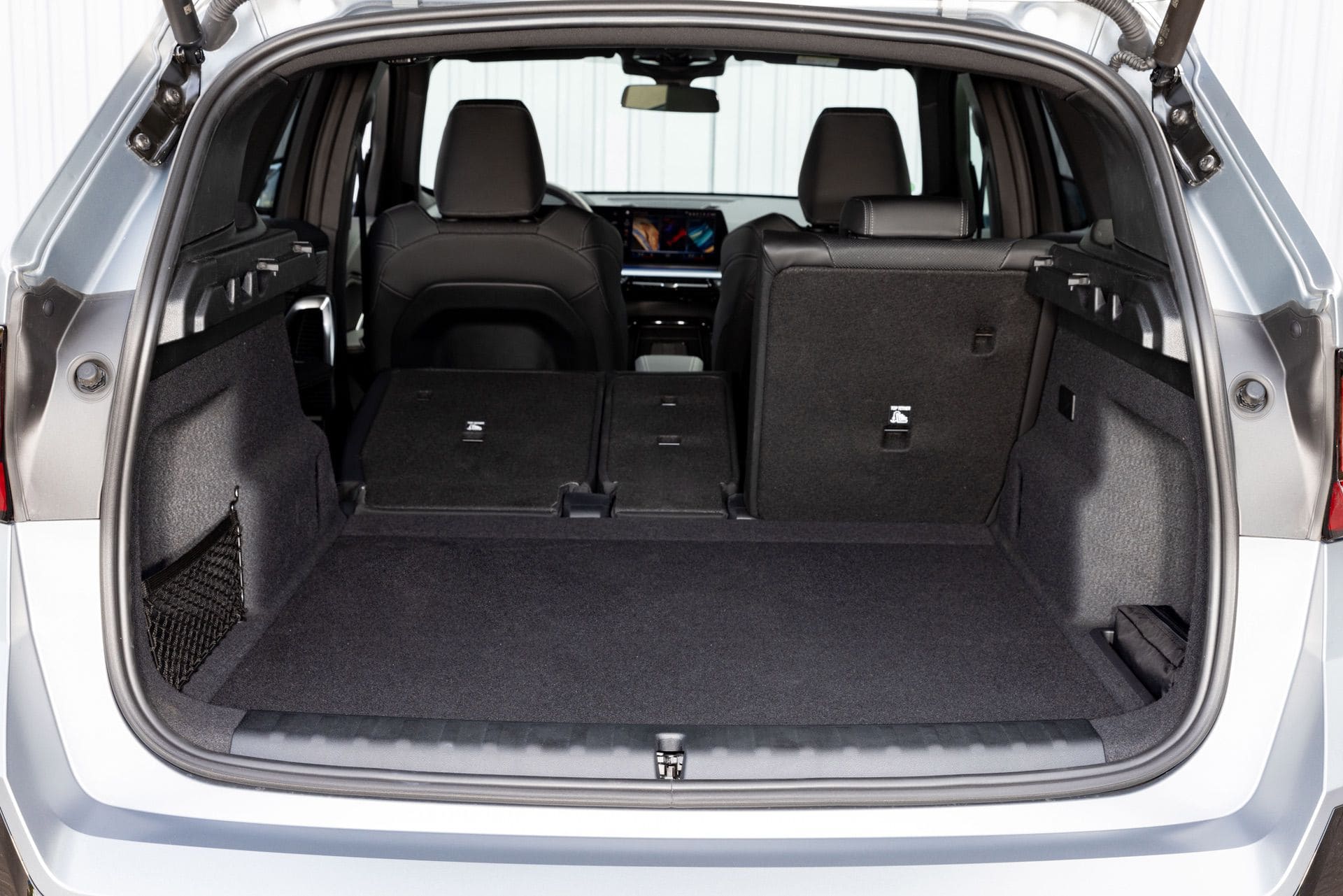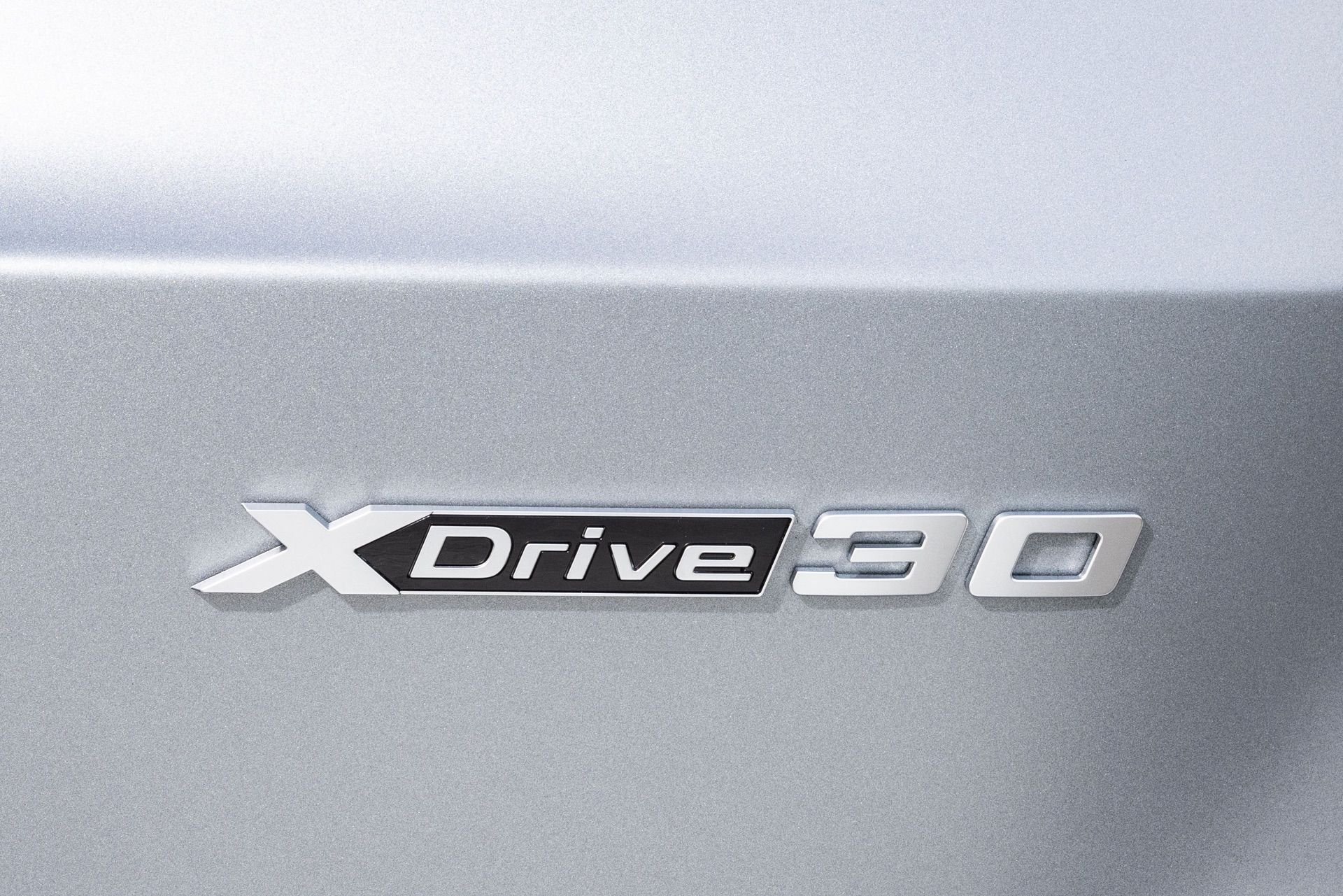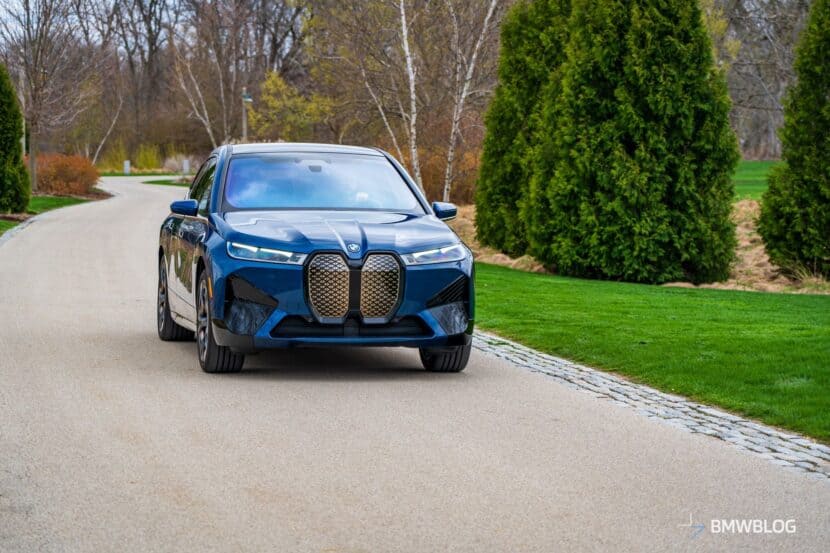BMW’s electric offensive continues this year with the release of their first-ever BMW iX1 electric crossover. Built on the new generation X1, the electric SUV comes to fill a void in the current electric lineup. Priced significantly below the flagship iX (55,000 euros), the BMW iX1 aims to attract new customers that are looking for a stylish and luxurious emission-free SUV. In a way, the BMW iX1 comes to fill the void left by the highly innovative, yet quirky i3 hatchback.
Built on a Flexible Architecture

But the two can’t be more different when it comes to their tech. The BMW i3 was built on a dedicated carbon fiber platform, while the iX1 shares its architecture with combustion-powered models. While that means the iX1 is still based on a conventional chassis, and not a bespoke EV architecture, BMW’s new FAAR front-wheel drive platform was developed with electrification in mind. Plus, its front-wheel drive layout offers more space for a battery pack in the floor than a rear-drive layout, while also providing more passenger space. So while the iX1 might not be as optimized for an electric powertrain as the top-shelf iX, it’s better suited to EV-duty than the i4.
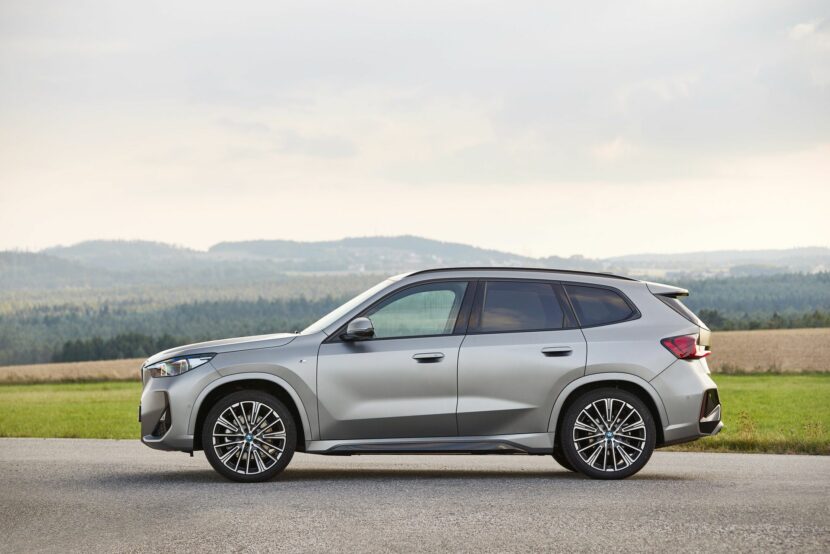
Larger than Outgoing BMW X1
Compared to the outgoing X1 models, the BMW iX1 has certainly grown in size. The wheelbase and length is 22 mm longer and 53 mm, respectively. The width was increased by 24 mm while the height is now 44 mm taller. All of these measurements bring the iX1 more in line with the specs of a midsize crossover. And in many ways, the BMW iX1 resembles the X3 SAV. It’s boxier and sharper looking than the outgoing car, while also being a bit more upright and SUV-like.
The kidneys are also larger, slightly forward slanted, surrounded by sharp headlights and hood creases. Its big wheels – up to 21 inches from the accessories catalog – fill out its wheel arches, making it look sporty. Its flush door handles play an important role in the aerodynamics properties of the iX1, while the aero blade / roof spoiler is one of the best I’ve seen on BMW. And of course, it’s quite functional providing much needed downforce and better aerodynamics. BMW says they are extremely proud of their 0.26 drag coefficient.

Overall, the exterior design of the BMW iX1 is a fresh breath of air after we’ve been bombarded with bold designs and oversized kidney grilles. But the design story doesn’t stop here. Move inside and you will discover a highly premium electric crossover. Not only does the iX1 get some tech from the likes of the iX and 7 Series, but it also features a wide range of premium materials. Of course, the centerpiece is the large curved display which comes with the usual shortcoming – physical buttons are now digitally embedded. And since the new X1 shares its design with the 2 Series Active Tourer, the BMW iX1 also drops the iDrive knob and the beefy gear shifter. Yet, it gains standard paddle shifters along with a vertical tray for wireless charging.
Large Curved Display and no iDrive Knob

High quality leather is present on the M Sport seats which provide their usual great side bolster support. I don’t usually rave about side door handles, but they look and feel great in the BMW X1 and iX1. But of course, interior space is what interests me the most. I’m 6″2 (1.89m tall) and I found the iX1 to provide more interior room than the outgoing X1. There is decent legroom, both upfront and in the backseat, and more than adequate headroom – at least 10 cm (4in). The ceiling above the rear bench is sculpted outwards to provide additional room. Seating for five should be okay for shorter distances, but the iX1 could definitely be a great road trip companion for four adults.
Adequate Space for Tall People
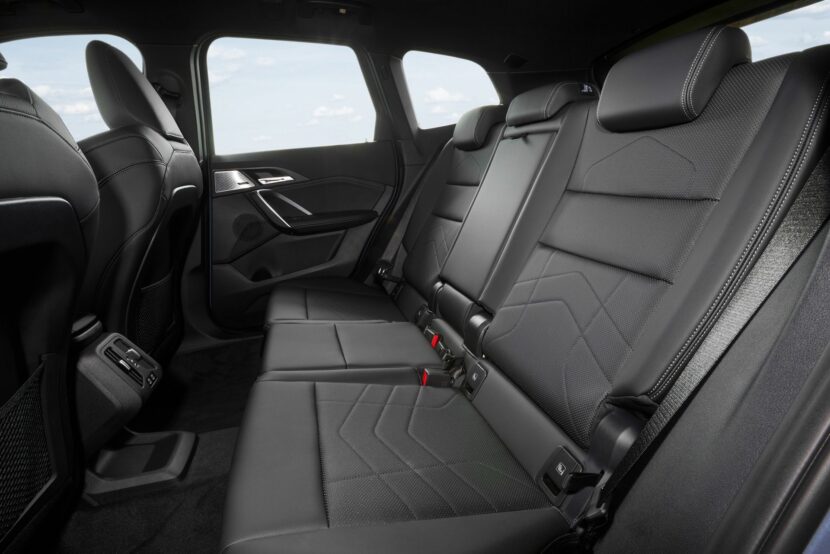
Naturally, the BMW iX1 loses some cargo space compared to the combustion-powered X1 models. The Gen5 battery pack sits in the underfloor, thus reducing the cargo capacity by about 10 percent. The cargo capacity starts at 490 liters and can be extended to 1,495 liters. As a famous movie quote goes: “Not great, not terrible.”

313 horsepower with BOOST
Speaking of the Gen5 drivetrain and battery pack, the 2023 BMW iX1 xDrive30 features two electric motors powered by a 64.7 kWh net capacity battery. The power is mostly distributed to the front wheels, but when needed, the power skews towards the rear. The total power output is 313 horsepower (40 hp comes from the Boost mode) and 494 Nm of torque (364 lb-ft), enough to propel the electric X1 to 100 km/h (62 mph) in 5.3 seconds (as tested by us in this video). Top speed is limited to 180 km/h (111 mph), keeping the efficiency in check. There’s a maximum 60 kW of brake energy regeneration rate if BMW iX1 drivers exercise one-pedal driving. A recuperation rate of 140 kW can be generated using the brakes.
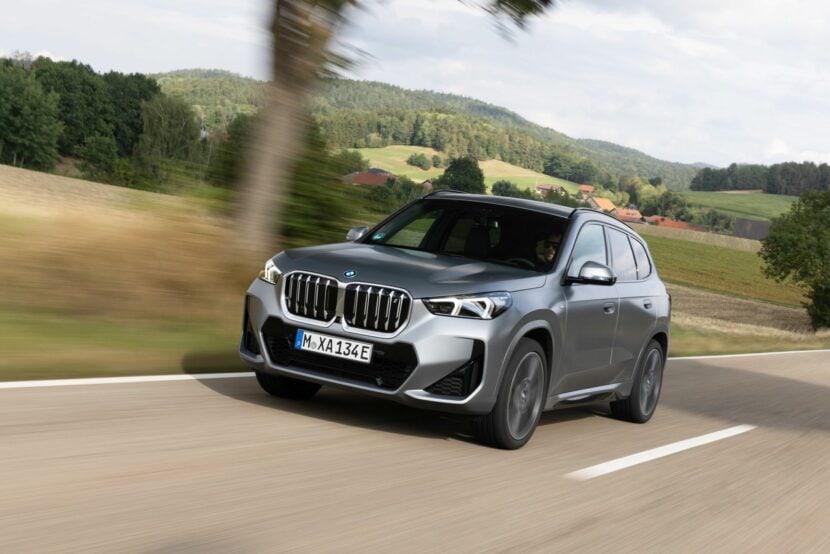
To offset the weight of the battery, BMW’s engineering team worked some of their magic. The aluminum bonnet shaves about 10 kilograms, additional body weight reductions account for 8 kilos, while the 865 Style wheels are 12 kilograms lighter than other wheel options. So BMW reports a WLTP figure of 414 to 440 km of range, depending on the wheel and tire choices.
The charging tech also comes from other BMW electric cars. The AC Charging is rated at 11kW (6.5 hours charging with a wallbox providing 22kW (3:45 hours charging). DC Charging tops off at 130 kW, charging the iX1 from 10 to 80 percent in 29 minutes. Essentially, for 10 minutes of DC charging, you get 120 km (75 miles).
The Driving Experience

So on paper, the BMW iX1 xDrive30 hits all the marks. But I was more interested to see how it feels on the road. The BMW Plant Regensburg is my host for the day before I head out on a stretch of curvy roads and Autobahn driving. As always, BMW likes to provide a mix of scenarios to reflect daily driving habits. All BMW iX1 xDrive30 models come standard with the Adaptive M Suspension so the ride comfort can be altered, thanks to the adjustable frequency selective dampers. Of course, you’ll also get a sharper steering with a more direct rack ratio for precise steering. There is no lowering on the M Sport suspension due to the battery placement.

BMW picked 18 inch wheels and tires on my iX1. Of course, that’s important when you look at the driving range and efficiency. The route takes me first through some small German villages where I get to test the maneuverability of the electric crossover. Acceleration from stop and go traffic, or from traffic lights is instant, but without the neck-snapping feeling in the i4 M50 or iX M60. The power delivery is quite smooth and at no point you feel that you need more than 300 horsepower in the iX1.
Adaptive M Suspension is Standard
The Adaptive M Suspension superbly absorbs the road imperfections while the car feels extremely balanced and composed on the road. The position of the battery pack certainly plays a role in that. In more aggressive driving modes – Sport or Sport+ – the iX1 xDrive30 is sharper and even more responsive to inputs. And of course, if you activate the BOOST mode via the left paddle shifter (hold for one second), then the extra 30 kW will give you the necessary oomph to overtake even faster. It’s fairly addicting actually.

The BMW iX1 feels at home on stretches of curvy roads as well. The power delivery, coupled with a one-pedal feel brake regen, makes for an excellent performer on tight bends. Simply floor the acceleration, then release it and the aggressive one-pedal recuperative mode will do the braking for you. Now in the mid-corner, just floor the “gas pedal” again and the iX1 will fly out of any bend. The car is extremely composed with limited bodyroll, not that every customer will ever push the car this hard.
Brake Energy Regeneration Modes
After getting the fun part out of the way, it is now time to focus on the different brake energy regeneration modes. The system is imported from the i4, iX and i7, so it essentially works the same. There is a Low, Moderate, High or Adaptive setting that will allow different levels of regeneration. Of course, you can pick the one-pedal mode by simply switching the gear shifter to the B mode. This is the most aggressive regen mode and it’s best to use in stop-and-go traffic or in city centers. You will get the most energy regeneration into your battery, but might come at the cost of getting car sick.

If that’s the case, then I highly recommend the Adaptive regen mode. In Adaptive, the ride is smoother, there is less friction coming from the brakes, so if you want to have a smooth and seamless driving experience, Adaptive is for you. This recuperation mode recognizes traffic situations, intersections, cars cutting in front of you, and other data, and it adapts the regen mode. Furthermore, the Adaptive mode will also allow coasting, but you still need to operate the brakes yourself.
So while I love playing with the different regen modes, I always find myself ending up with the Adaptive option. It simply just works.
Another novelty in the BMW iX1 is the new E-Route. And this is how it works. If the State of Charge is insufficient to reach the destination, the navigation system will automatically add charging stops along the route. I haven’t had a chance to sample this system, but BMW assures me that it works flawlessly.
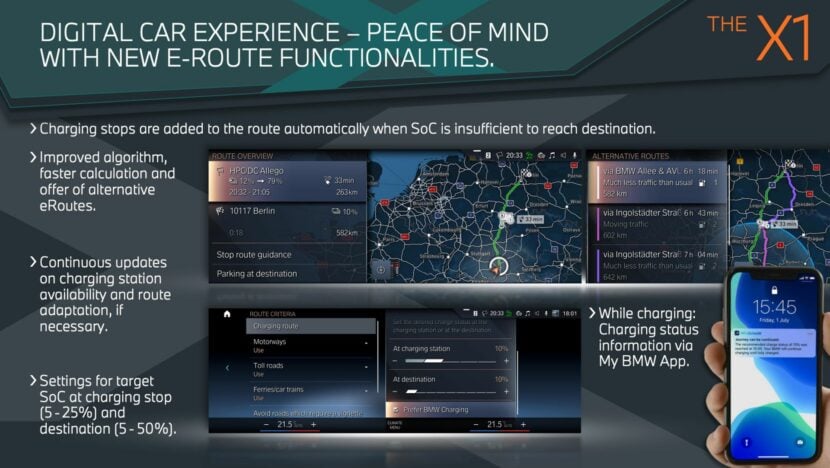
Efficiency: 17.9 kWh per 100 km
Unfortunately the route wasn’t long enough to get a complete view of the efficiency. But considering that I traveled at higher speeds than normal, with plenty of spirited driving, the 17.9 kWh per 100 km computer reading is pretty good. Of course, its efficiency might be bested by cars built on electric-dedicated platforms, but overall, the iX1 is a strong contender.
Therefore, BMW sees a great future for the iX1 xDrive30. According to company, they expect their electric crossover to account for more than 30 percent of the third-generation X1 sales. And that’s without the U.S. market. Its omission from the North American market is still a mystery, especially since BMW has no electric crossover in that price range. And with the new IRA bill going into effect next year, the need for a well-priced electric BMW is higher than ever.
With the i3 phased out, the BMW iX1 could have been a great addition to the U.S. lineup. Naturally, the iX is the better car in many respects, but one: price. For now, we’ll just be jealous of all the other markets who will get the iX1. So if you live in Europe, for example, consider yourself lucky and head over to your local dealership for a test drive. The new 2023 BMW iX1 xDrive30 is worth at least a drive, if not more.
Did we mention that it looks fantastic also?
2023 BMW iX1
Good
- Over 400 km range
- Beautiful design
- Cargo and interior space
Bad
- Not coming to the US
- No physical buttons
- No iDrive knob


